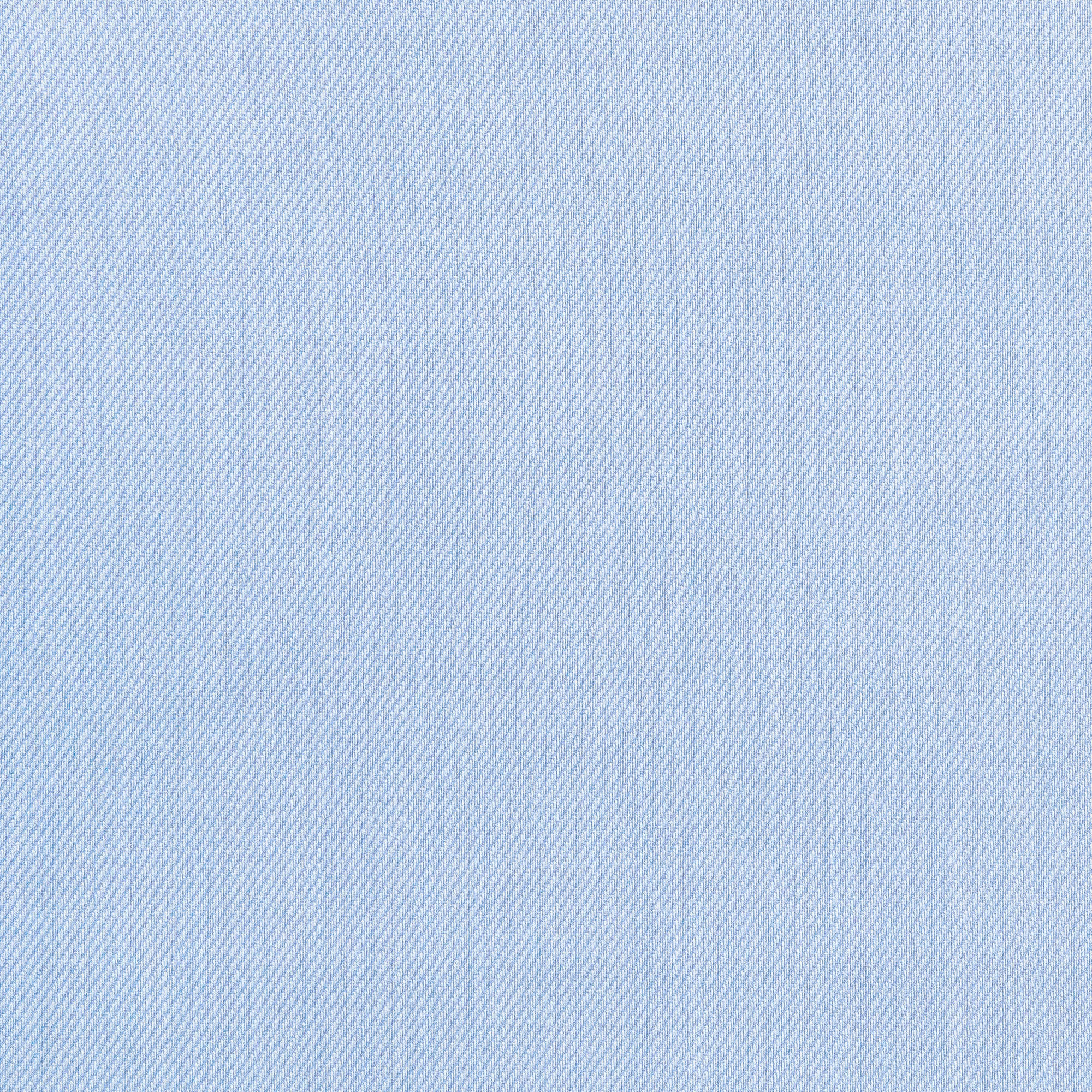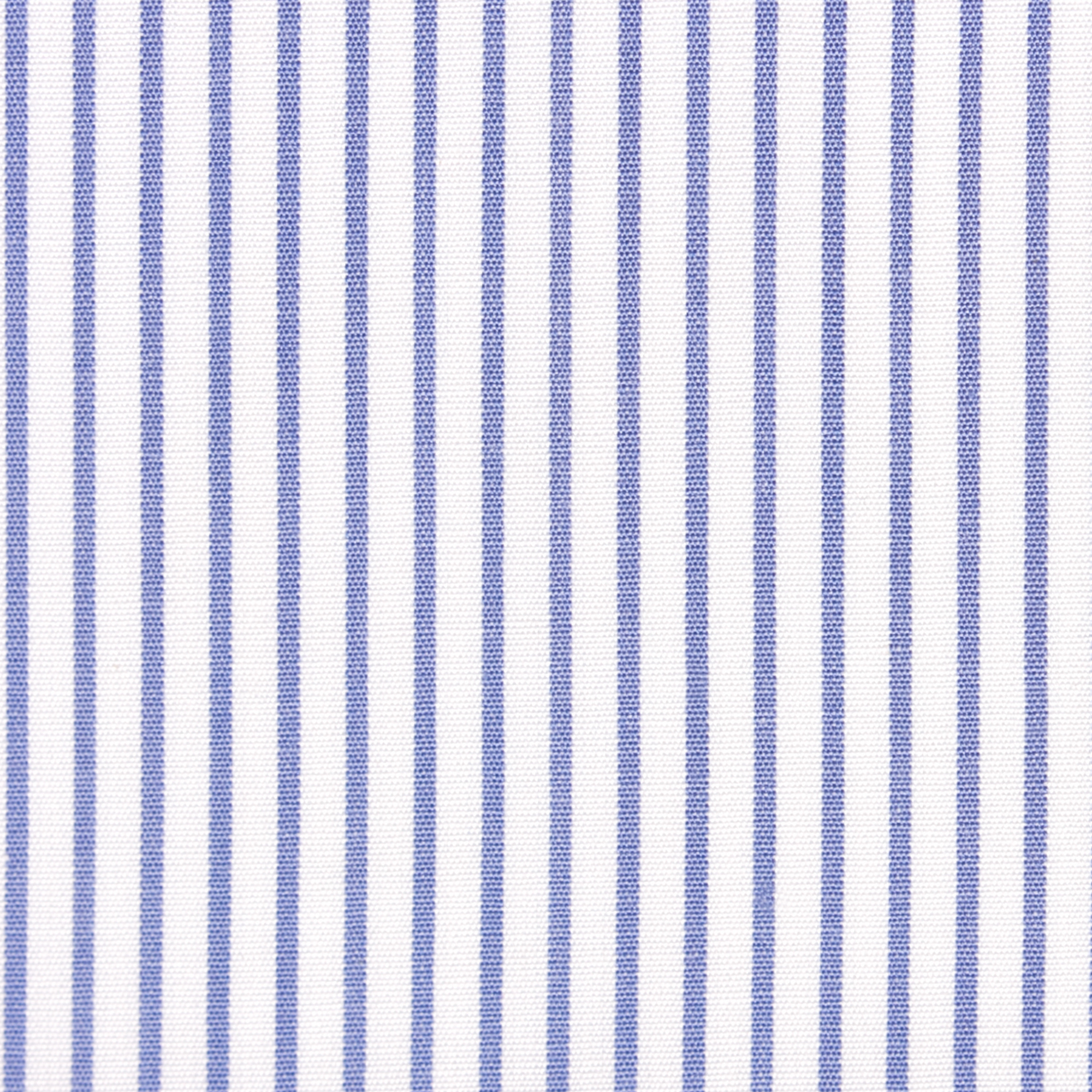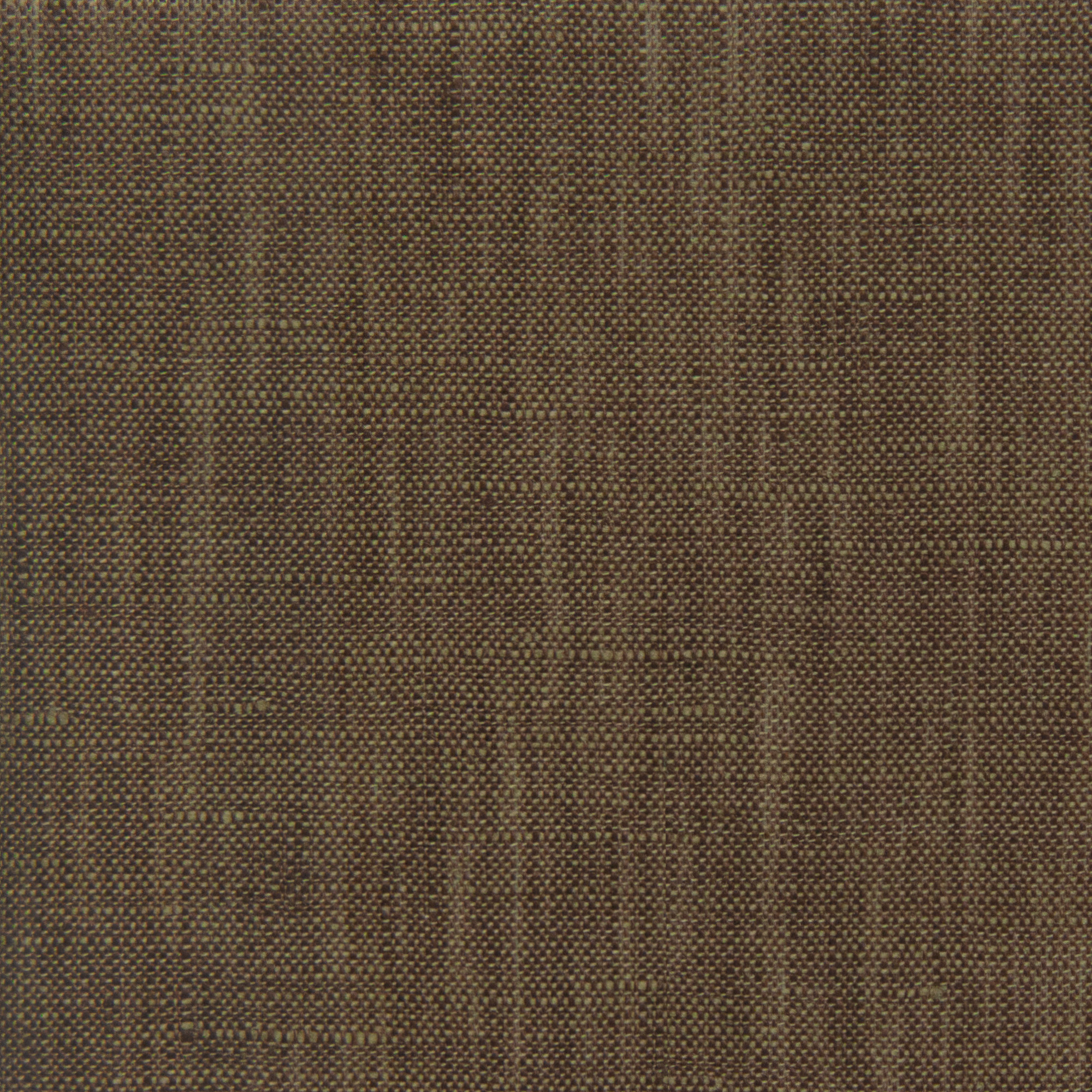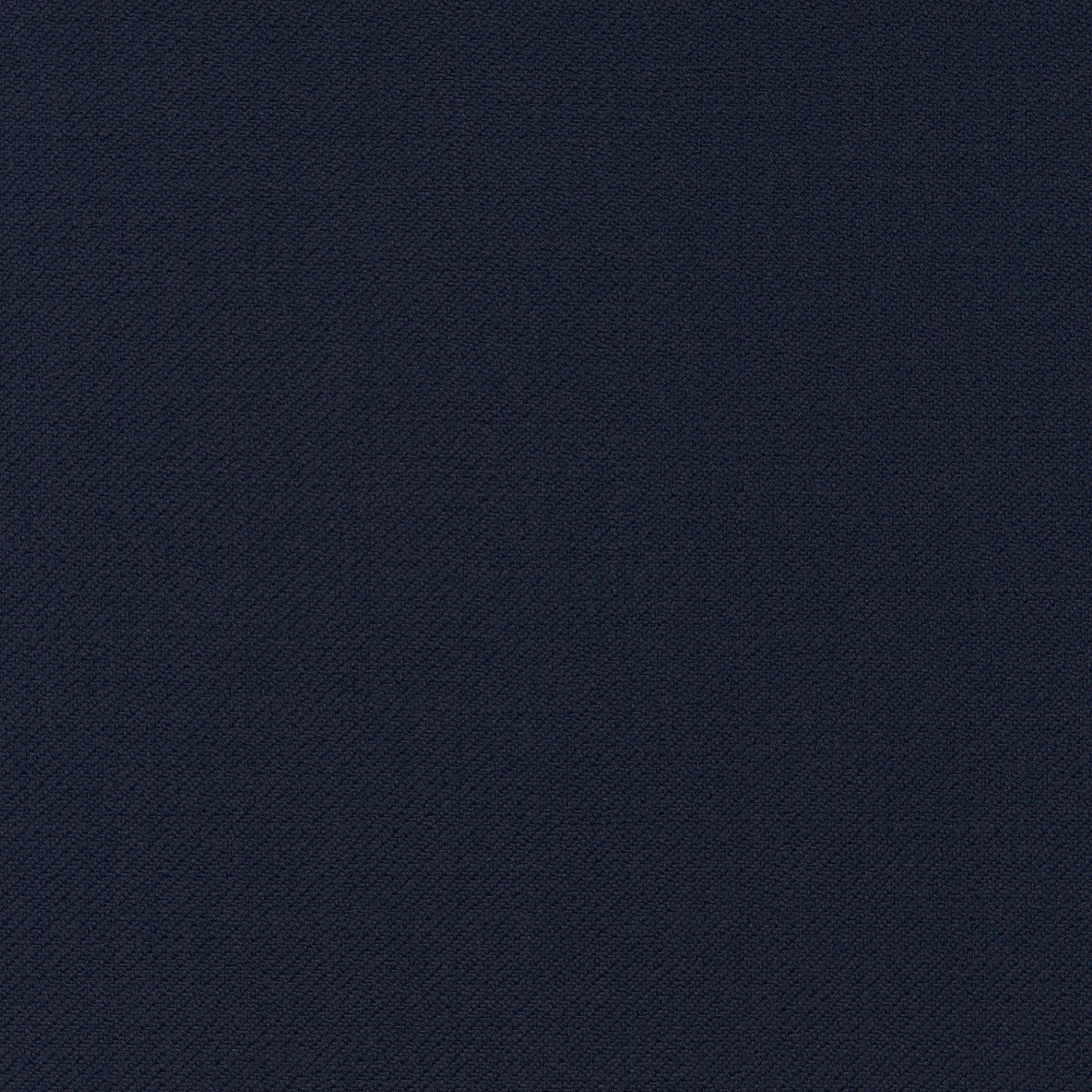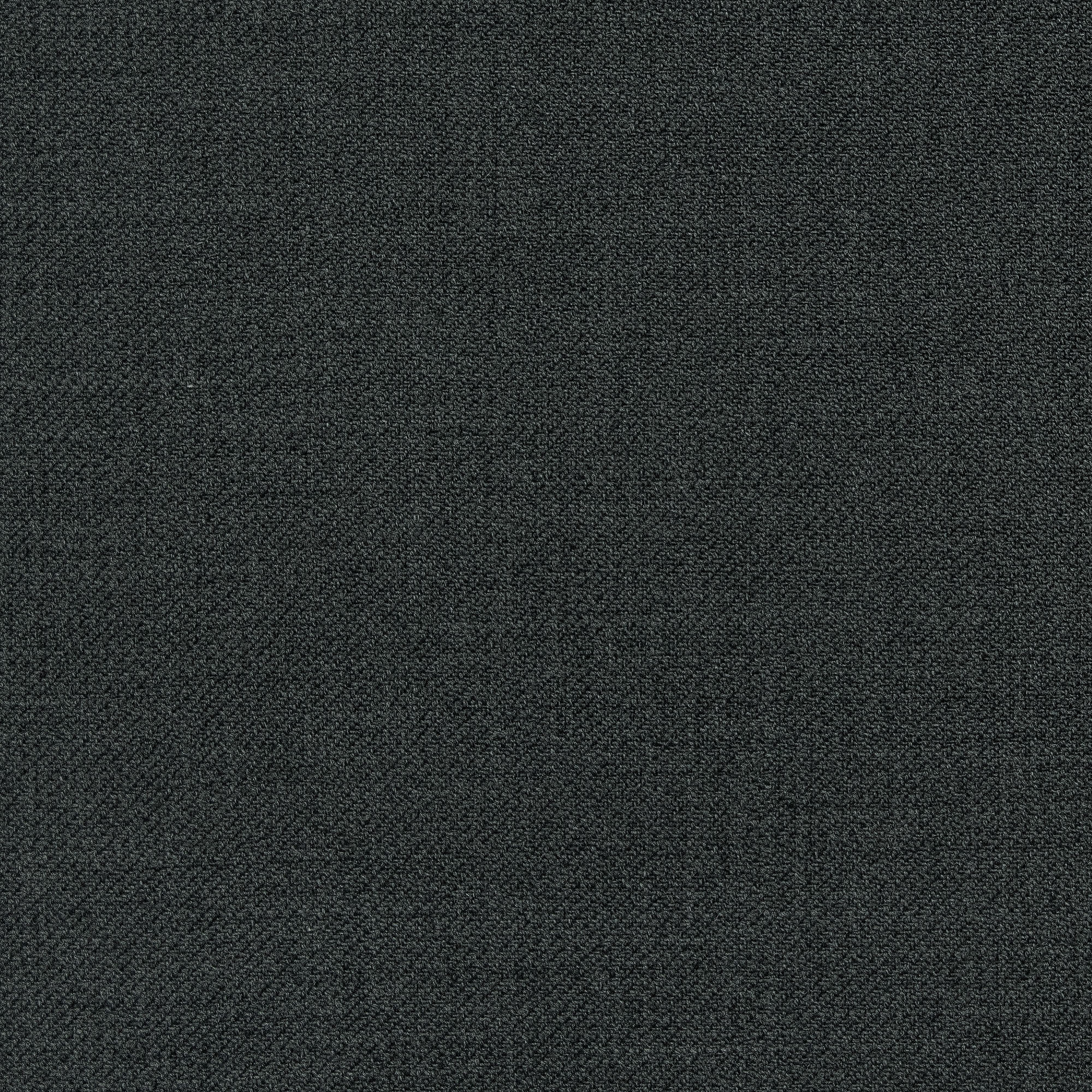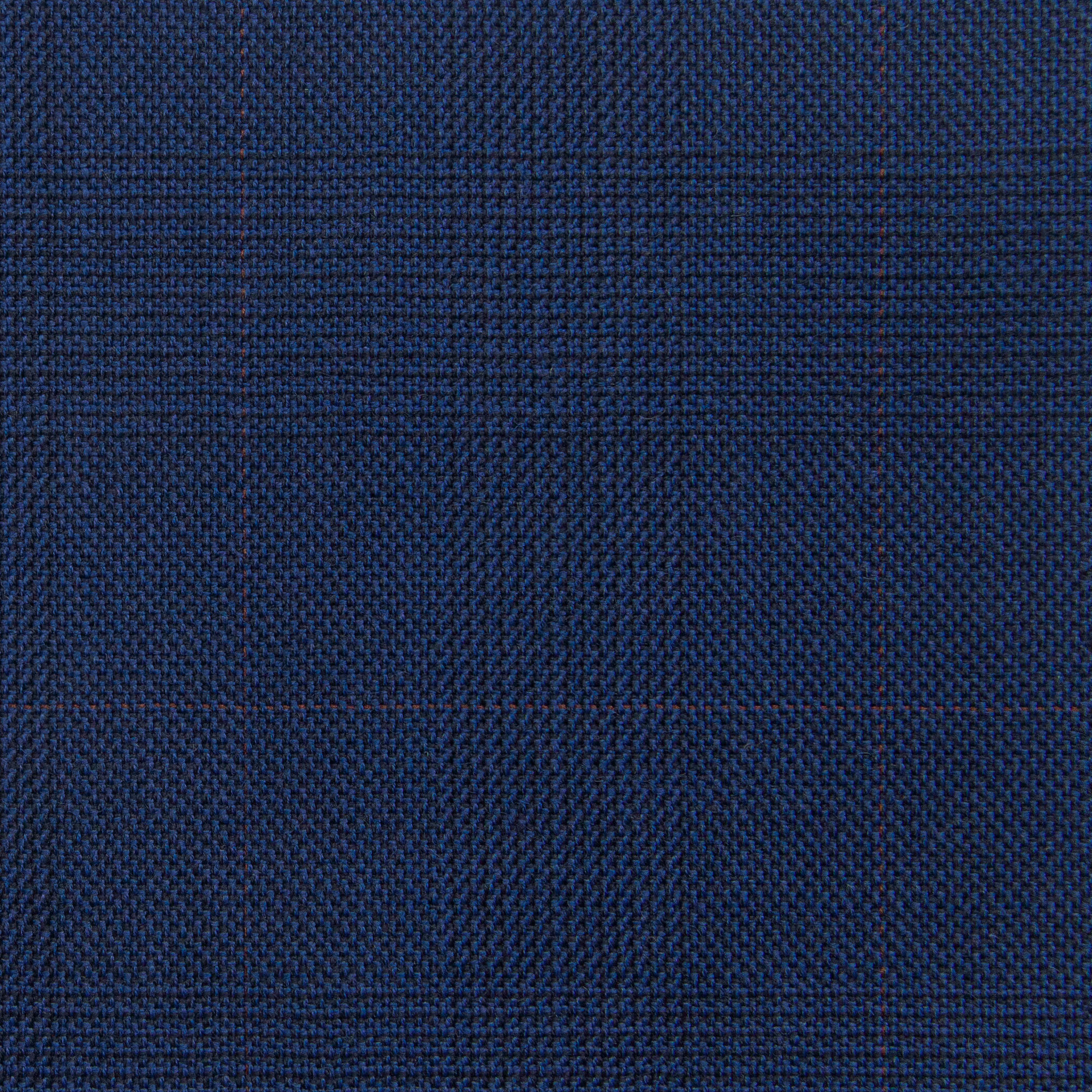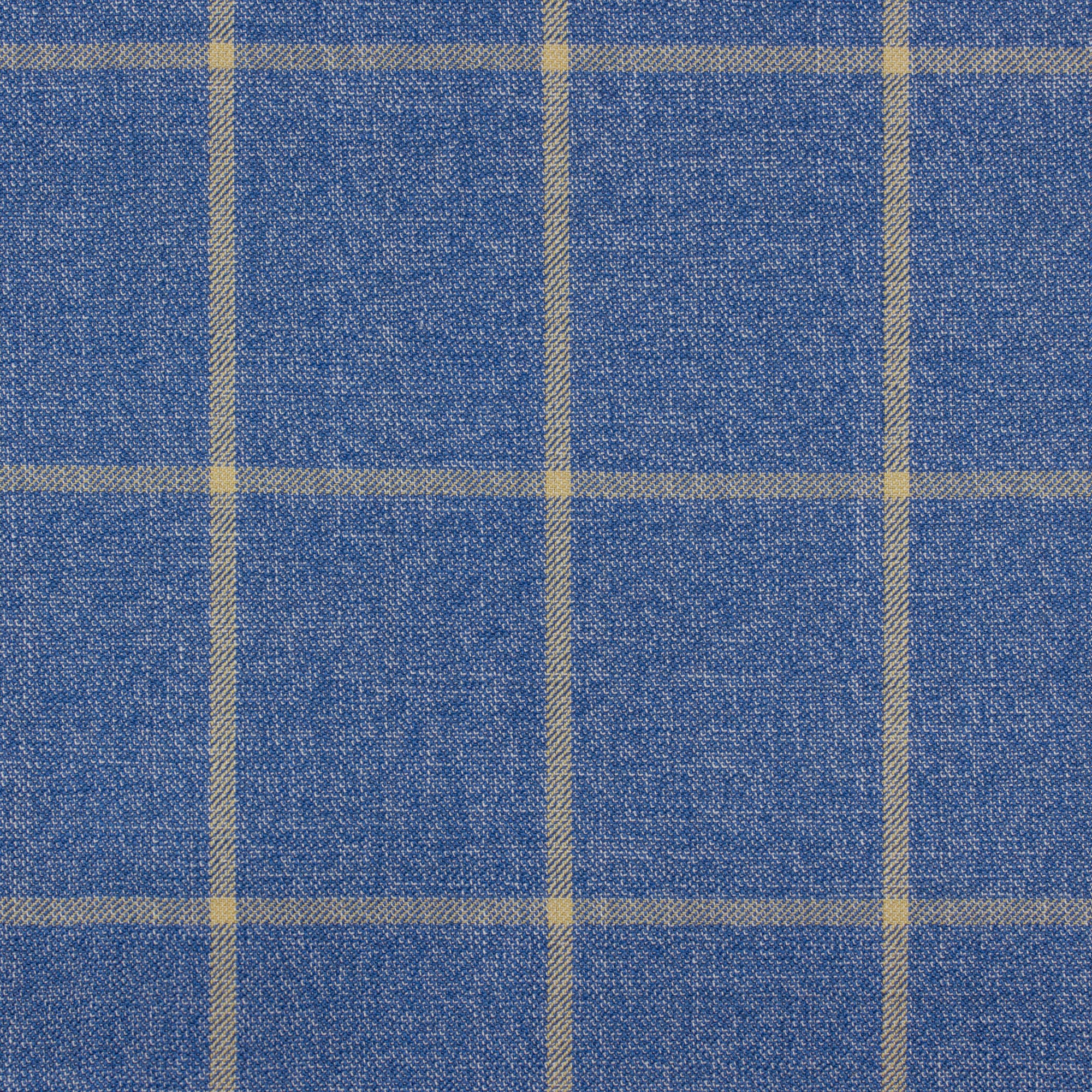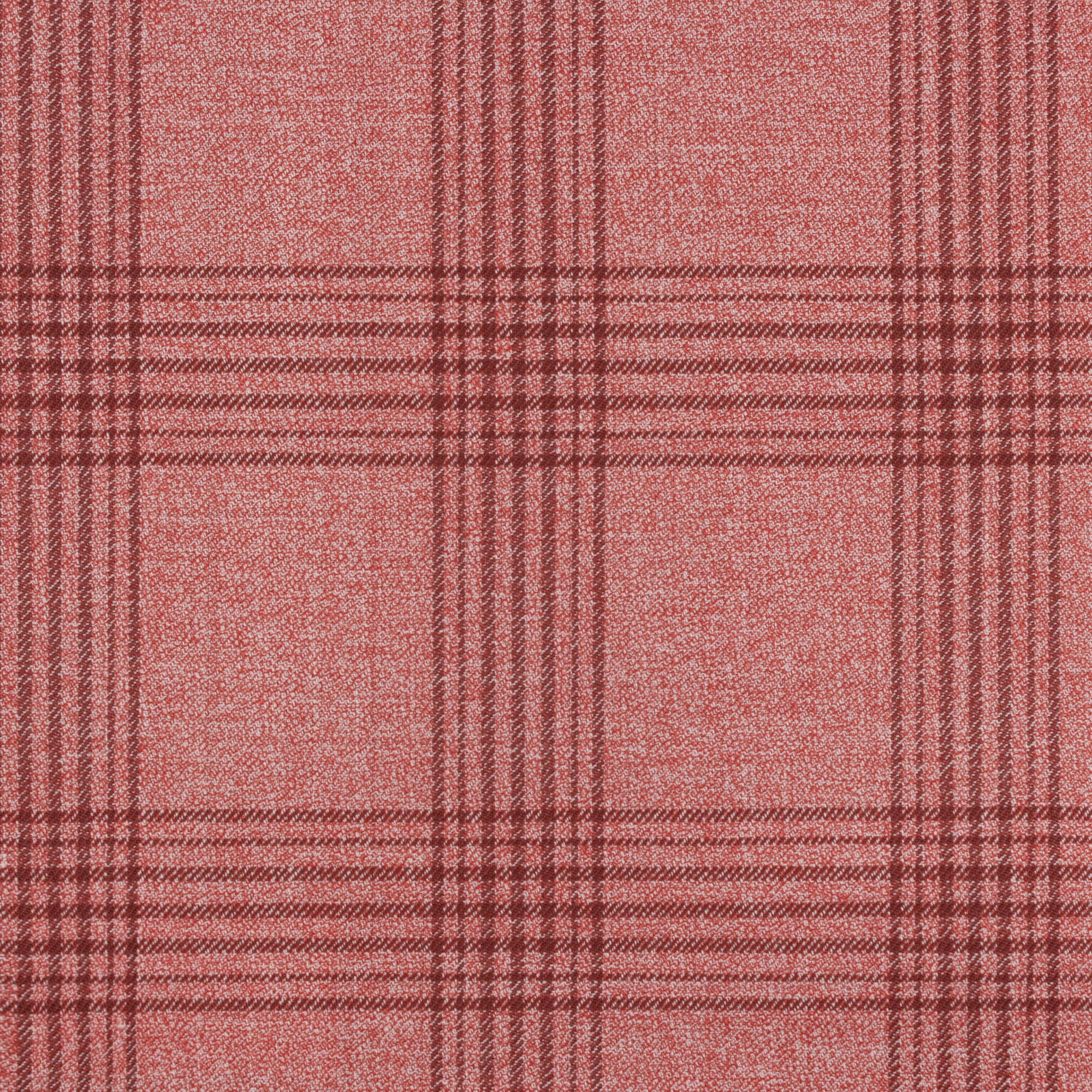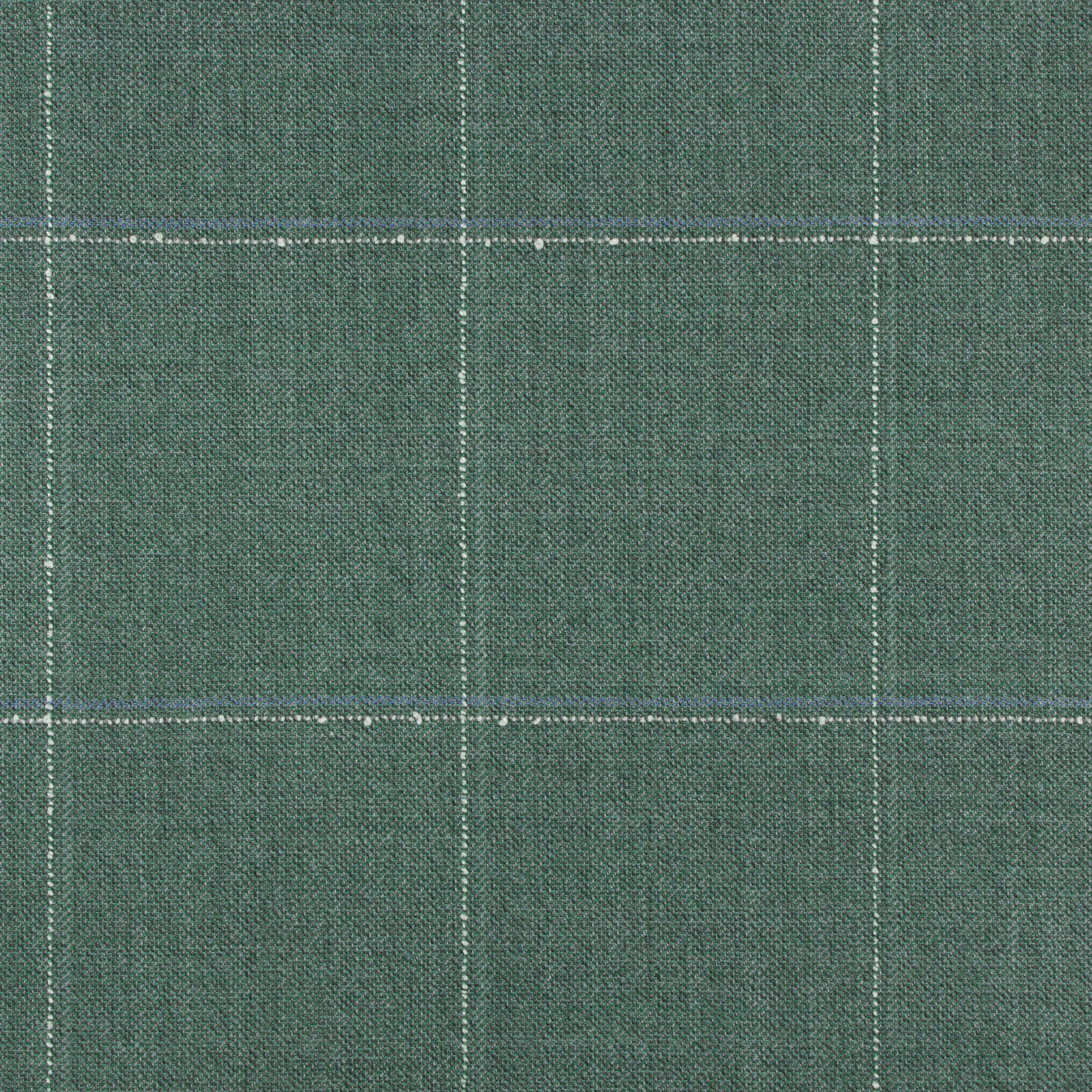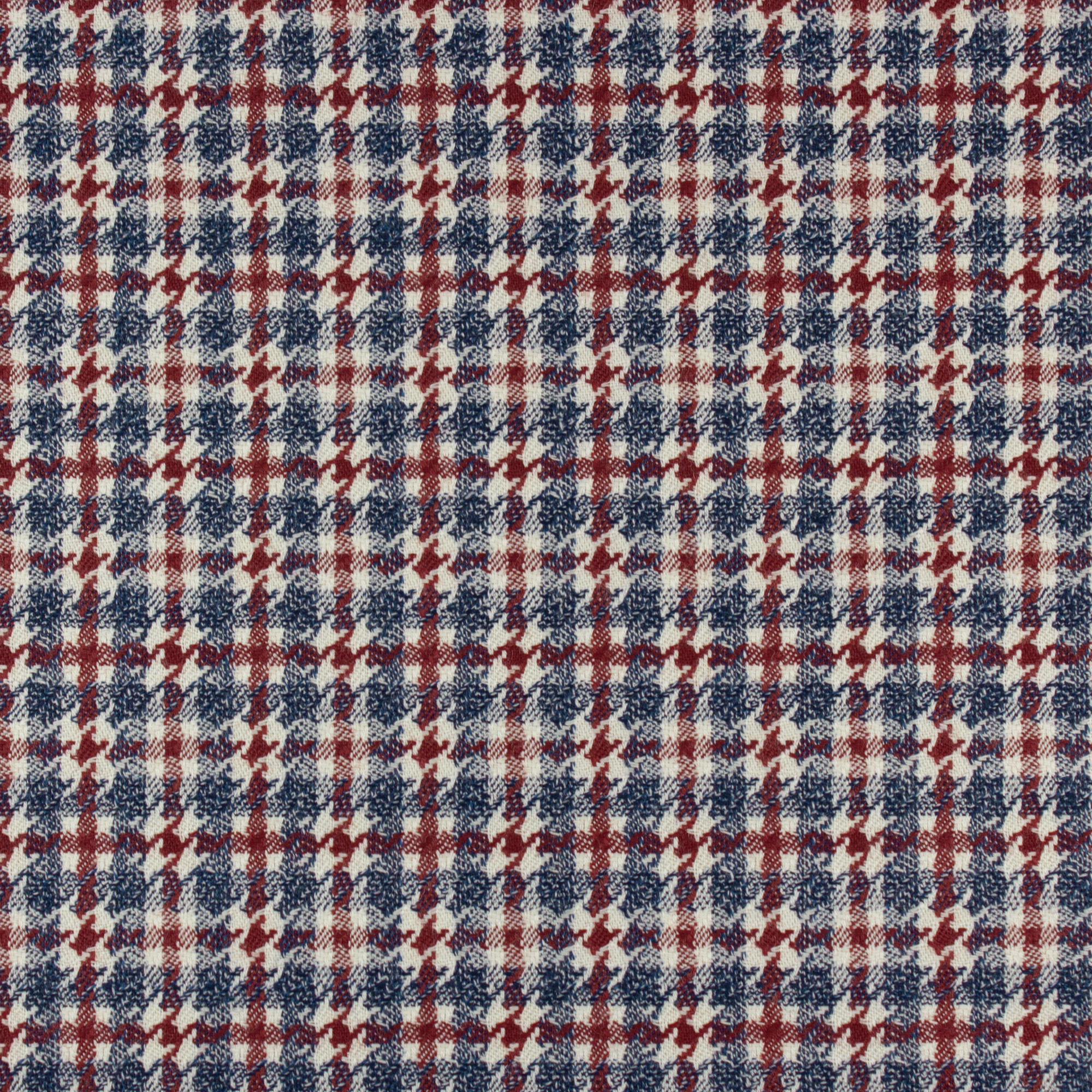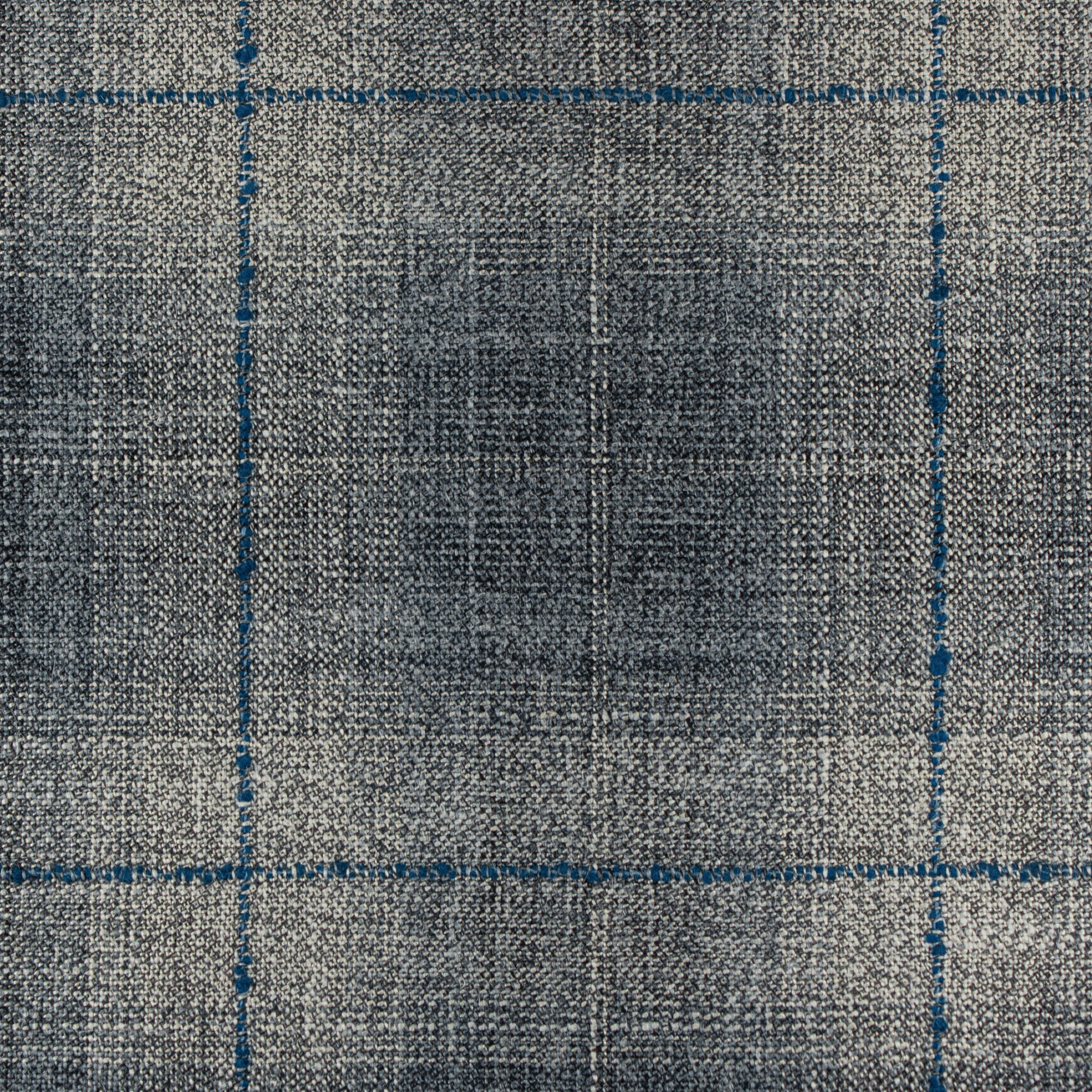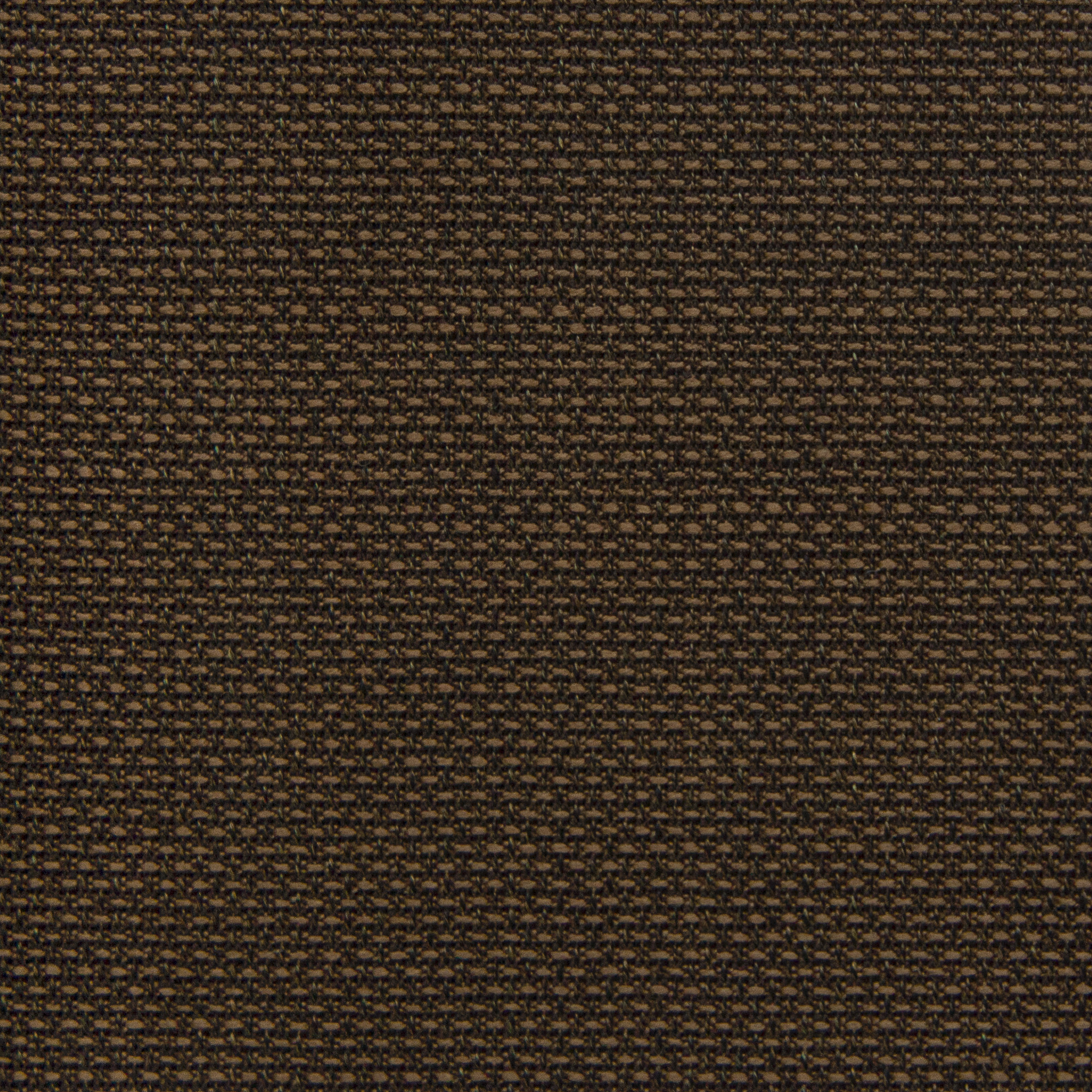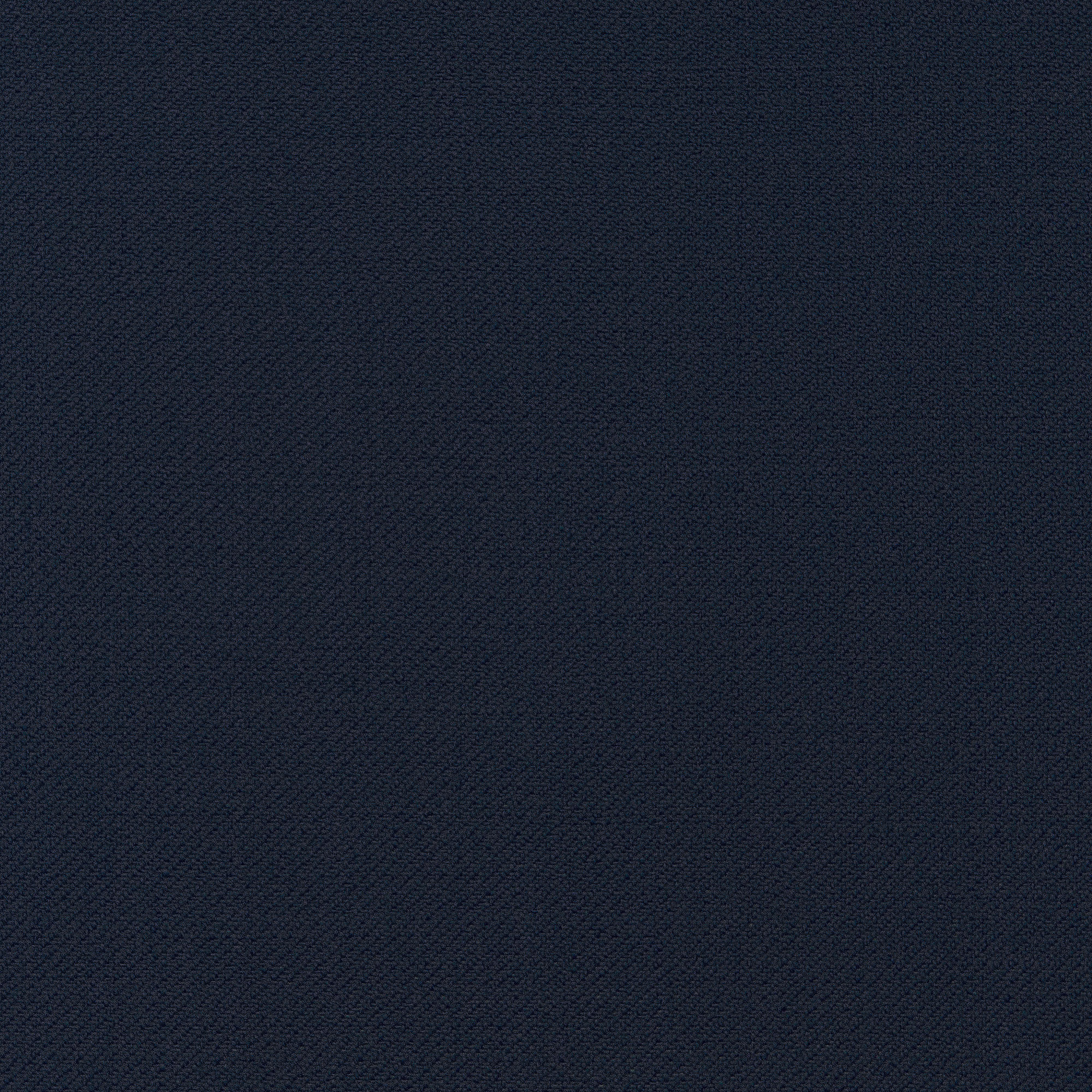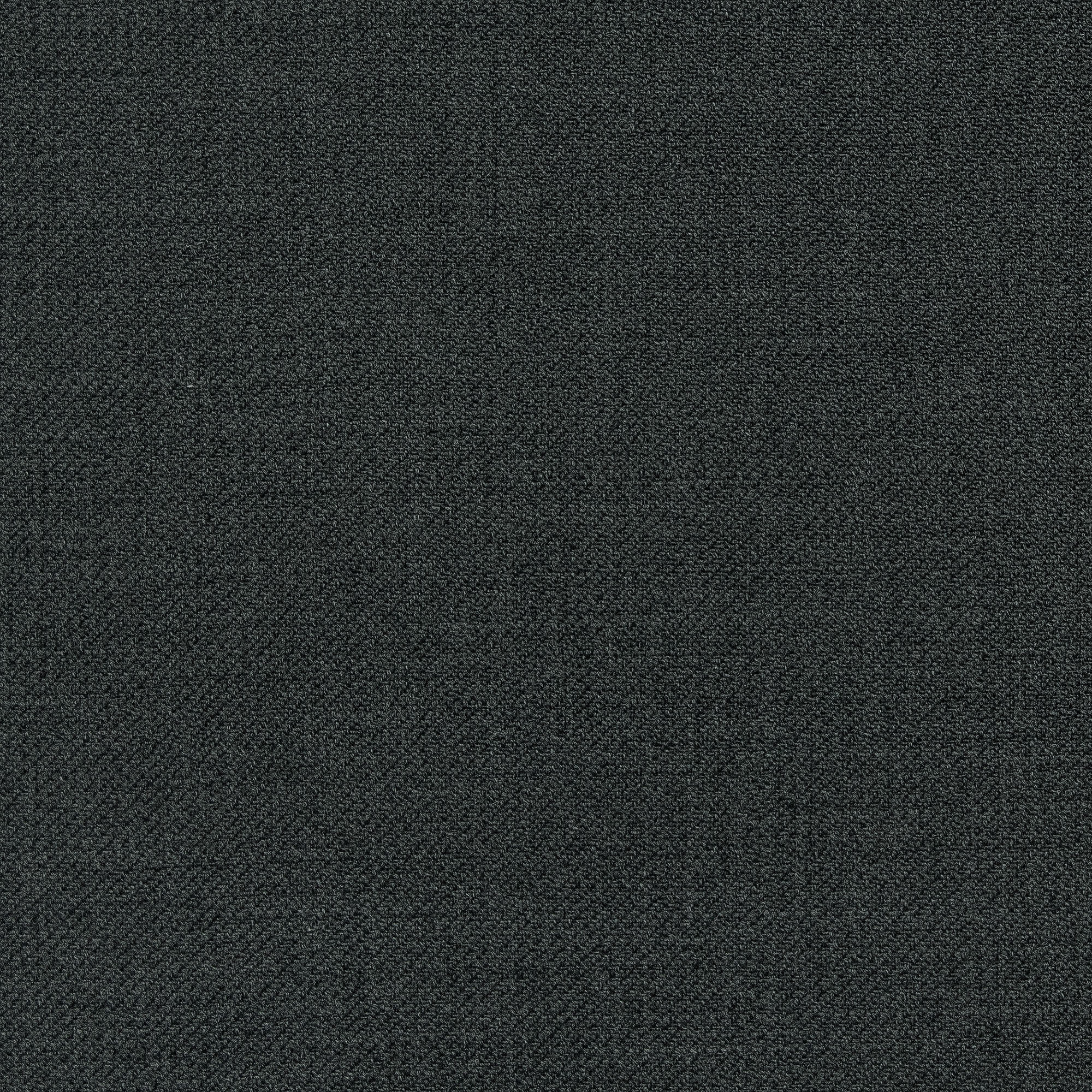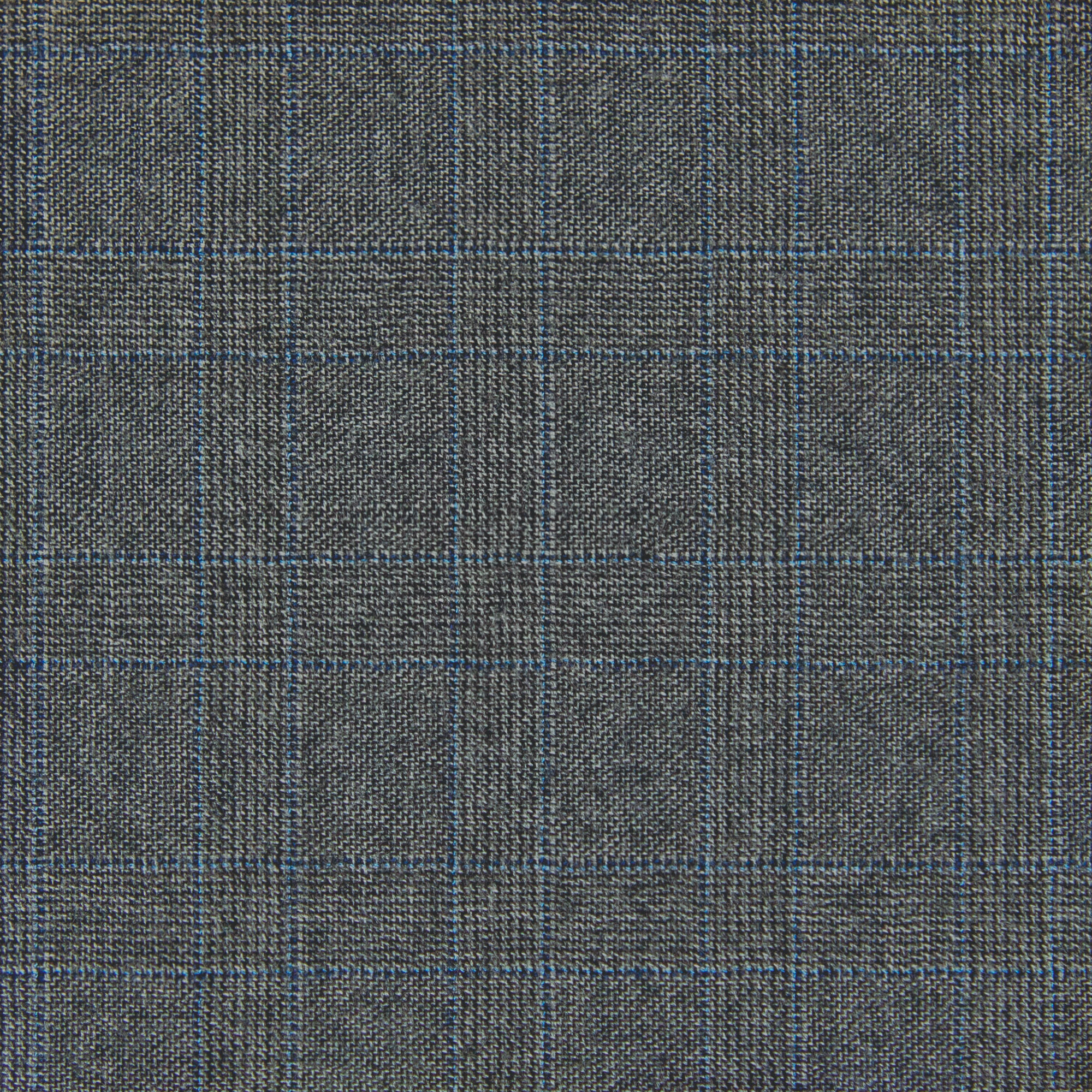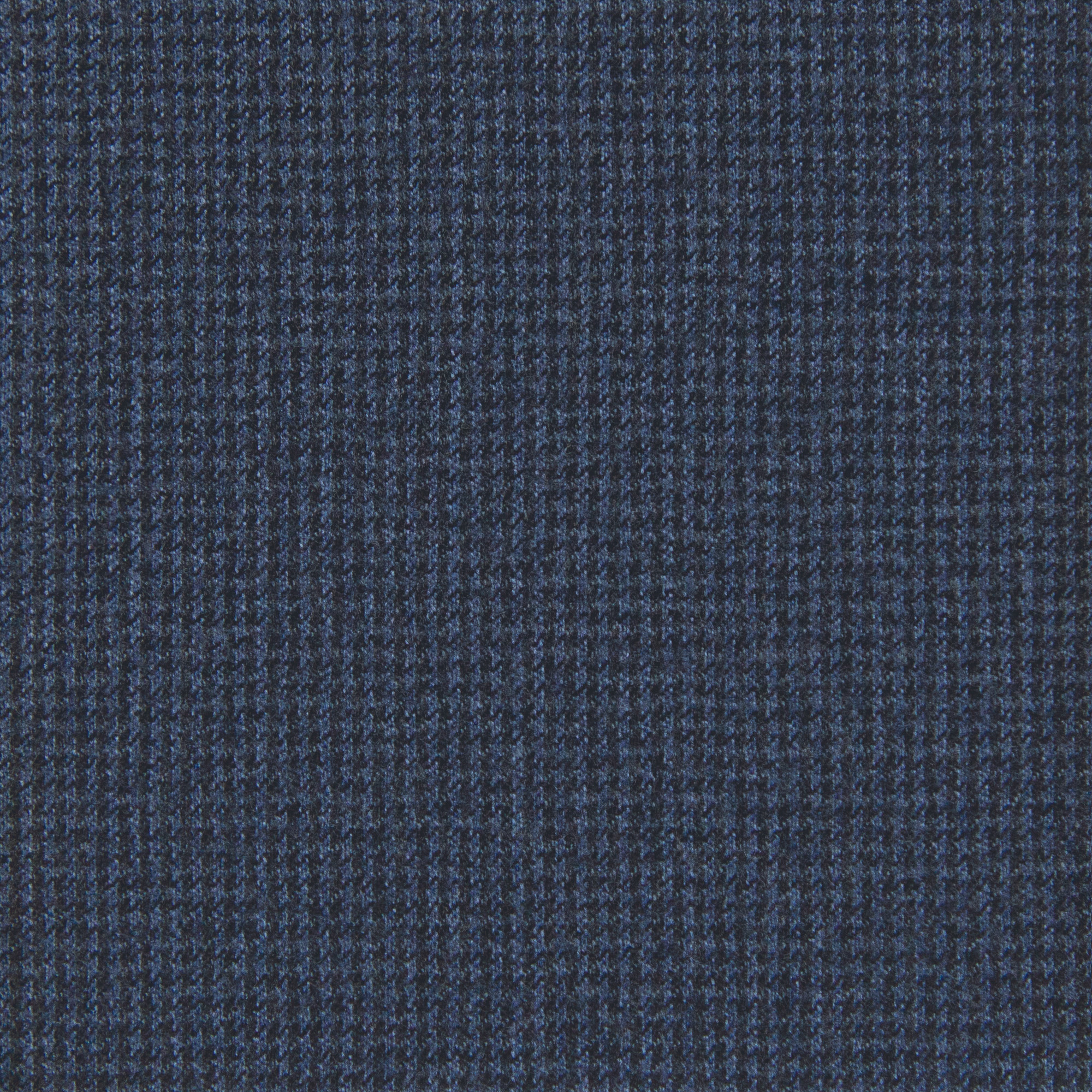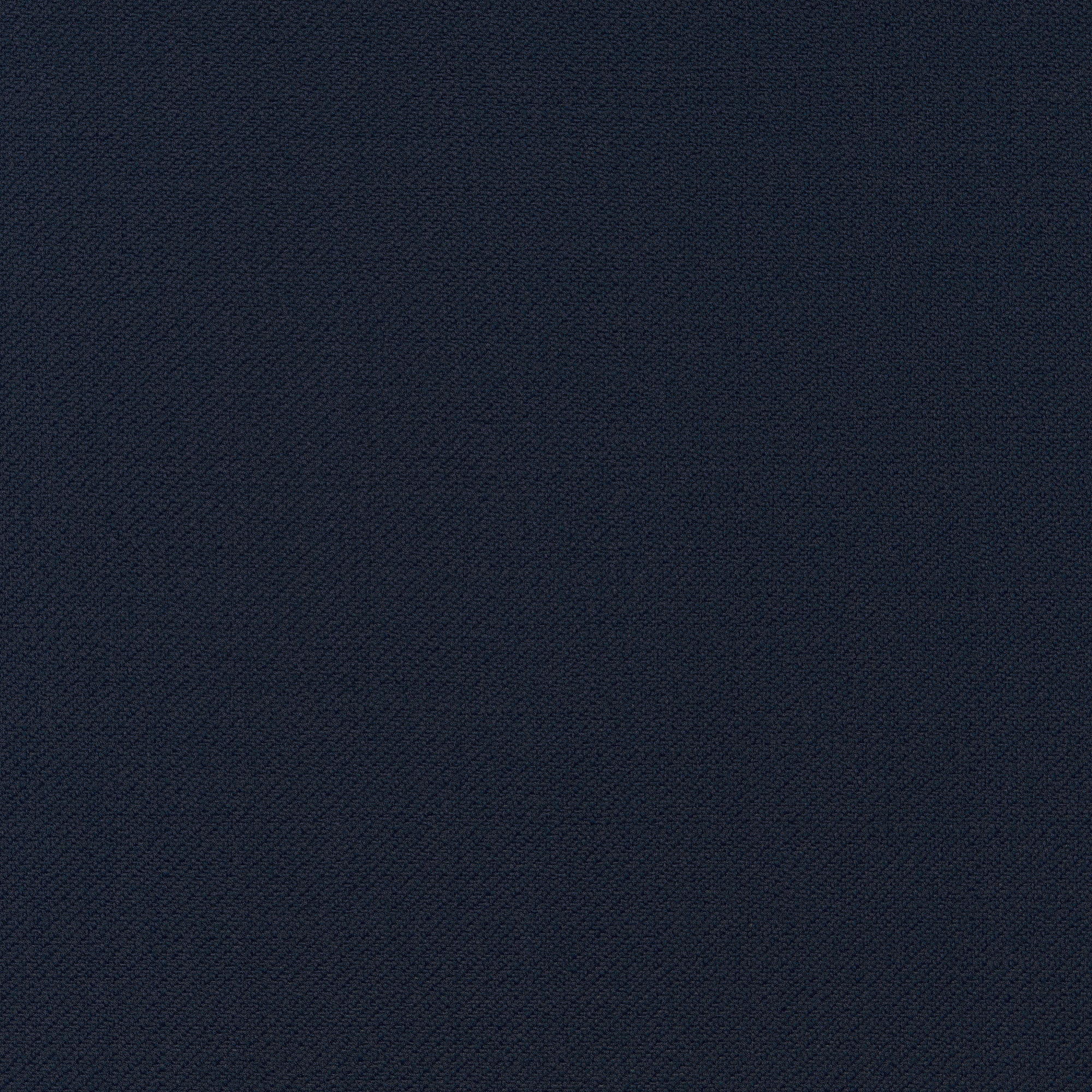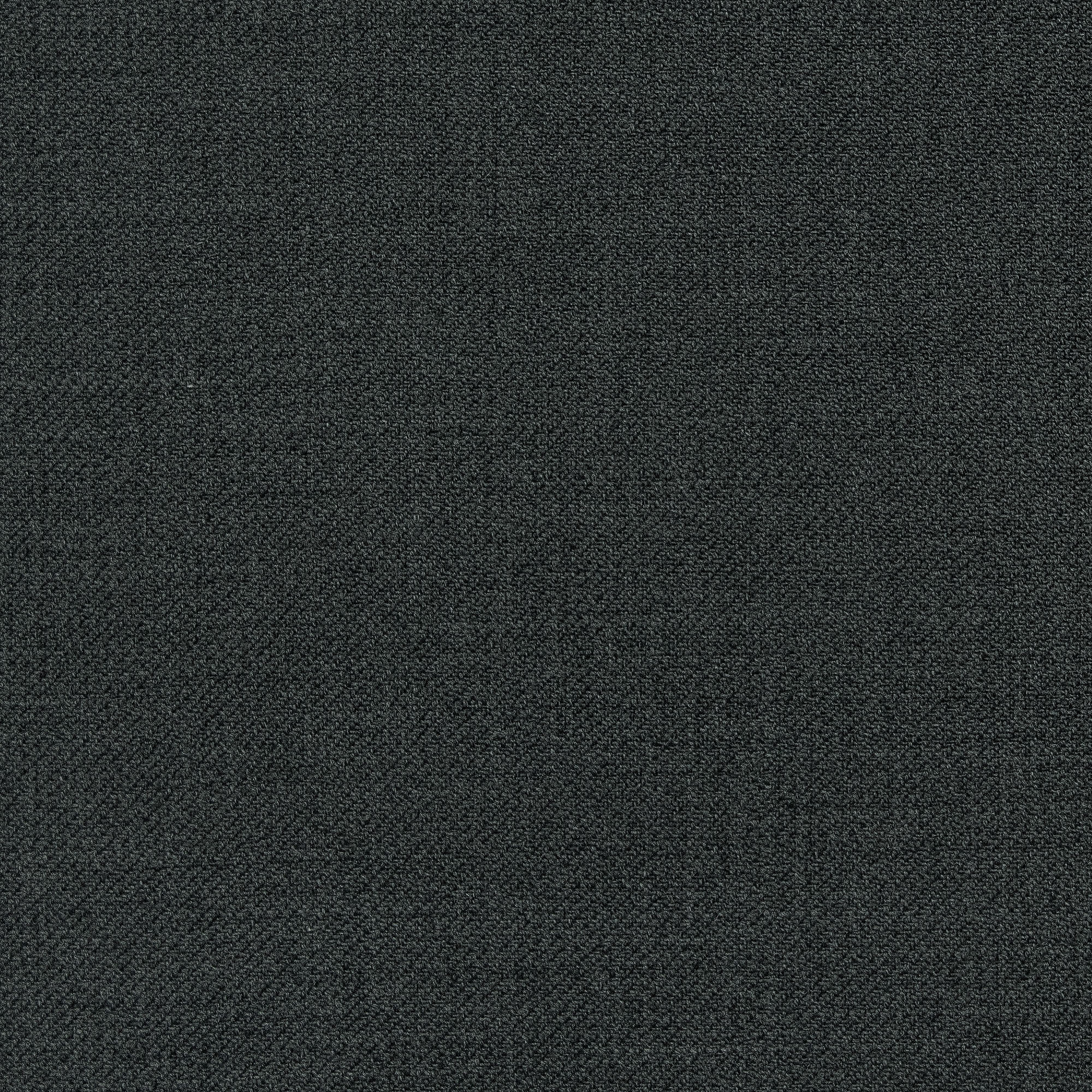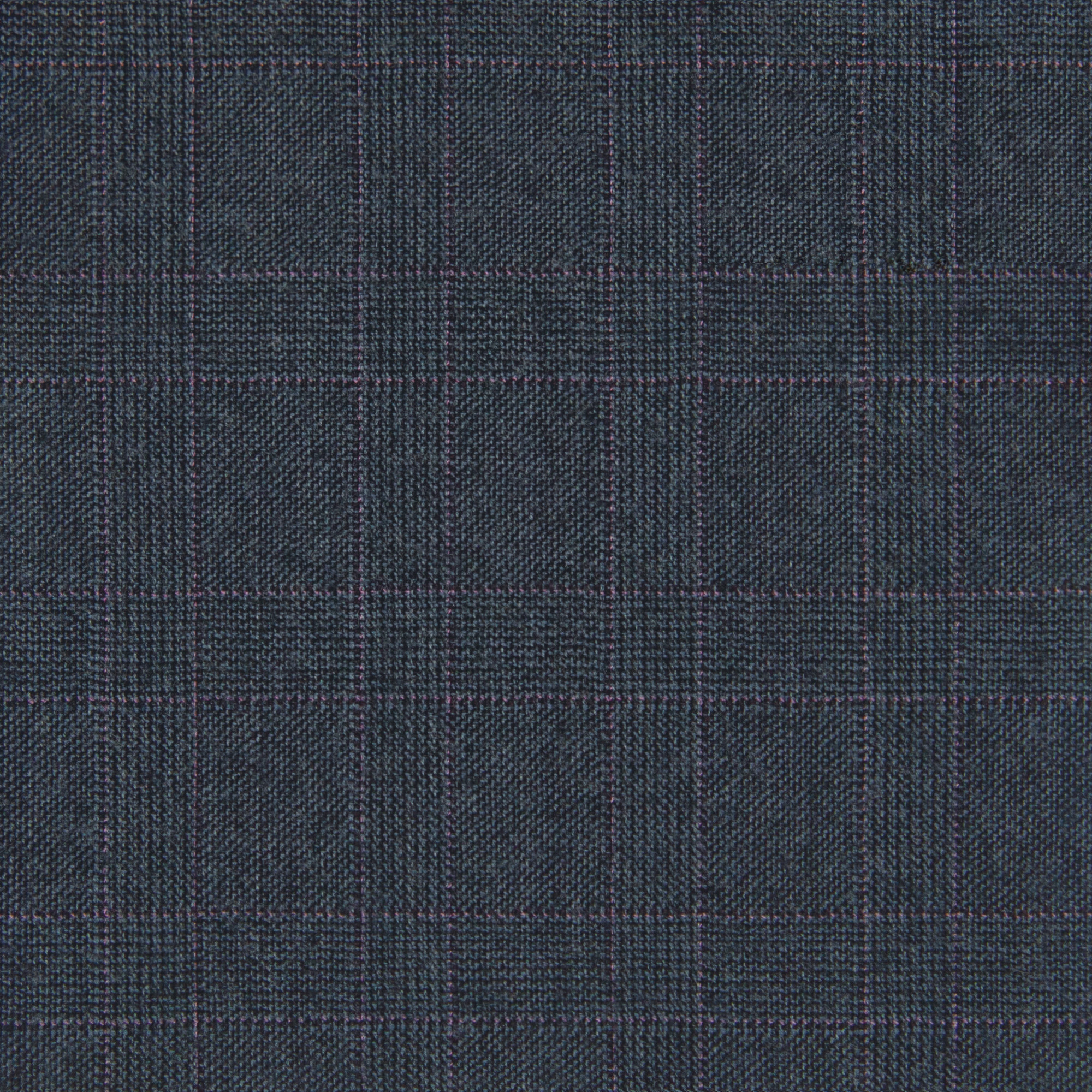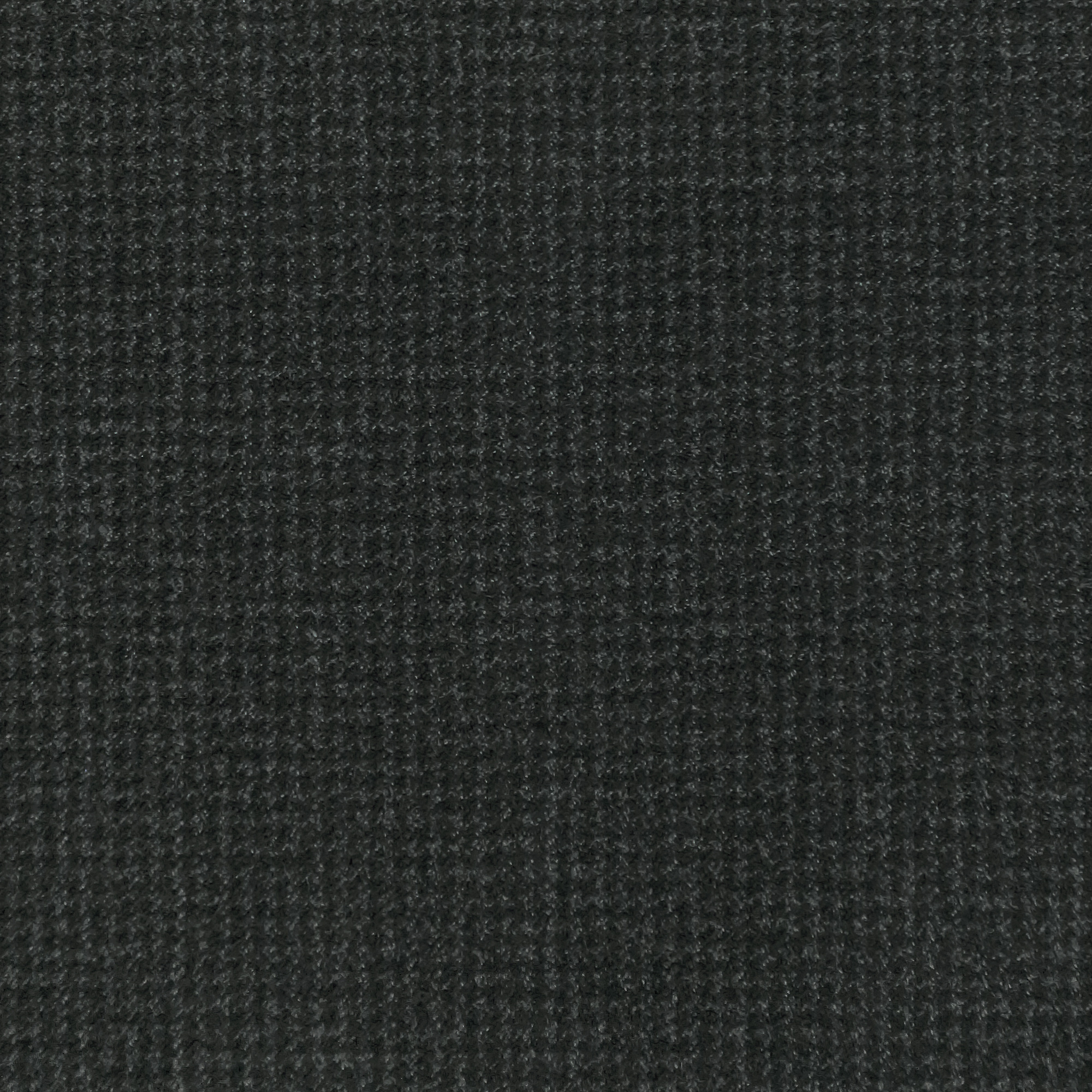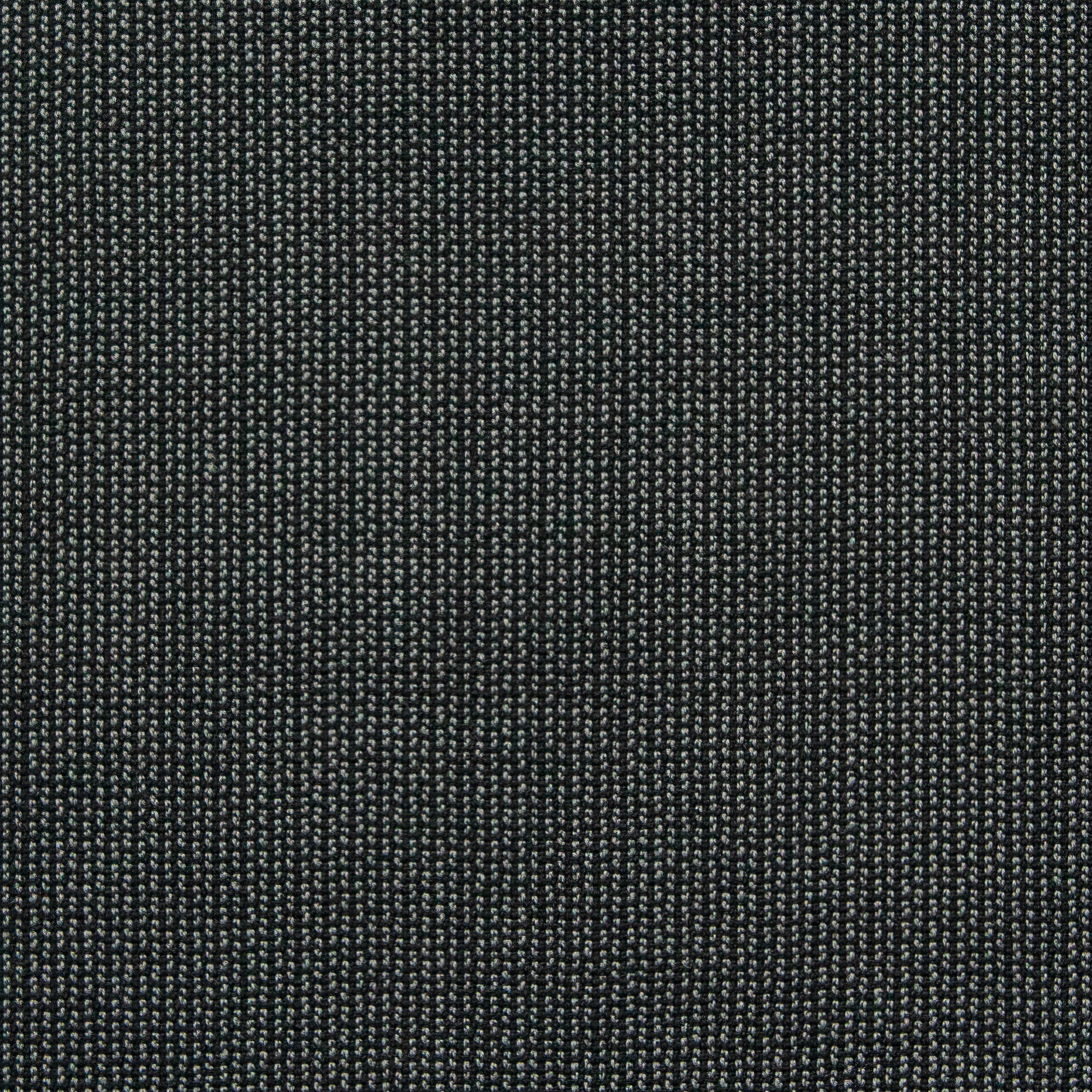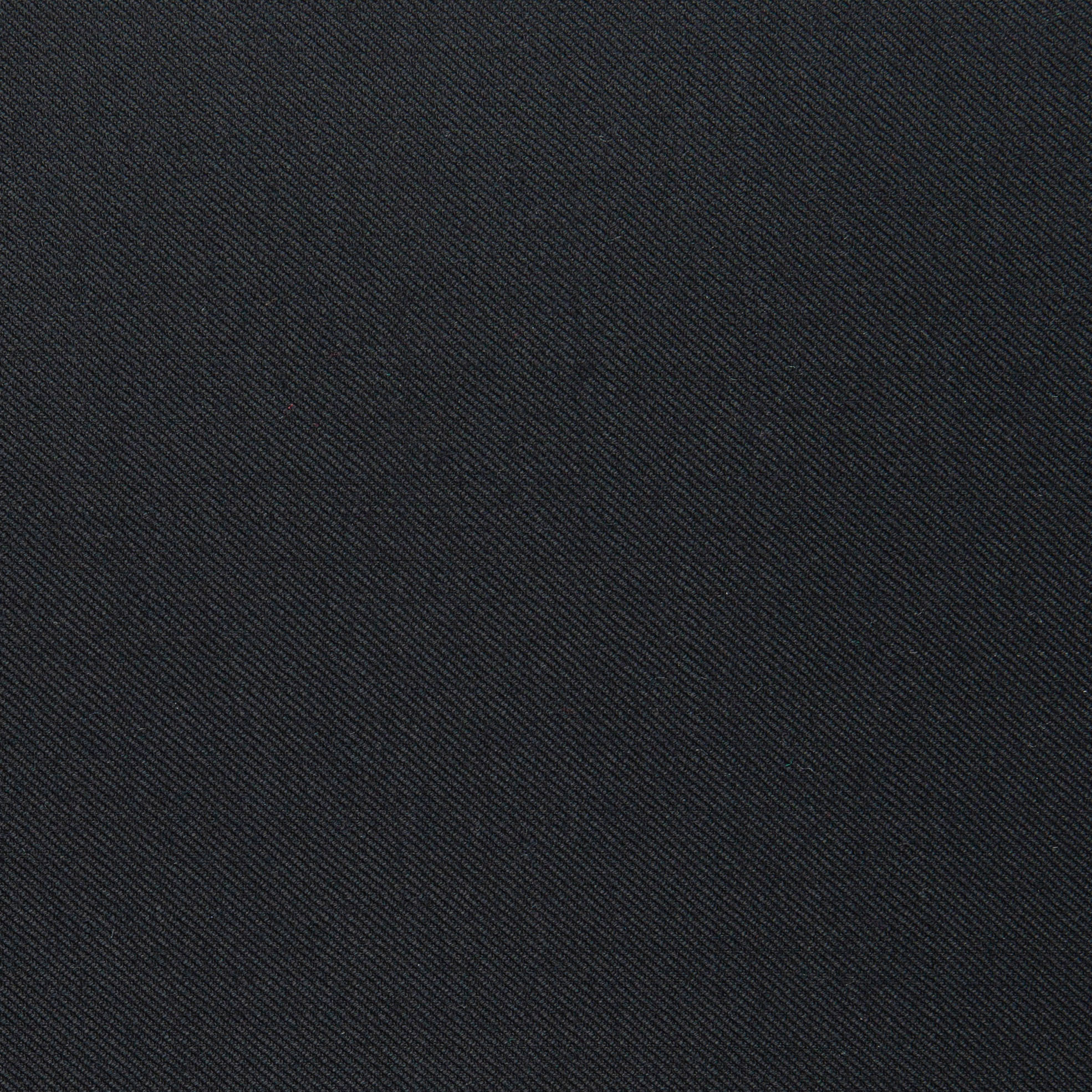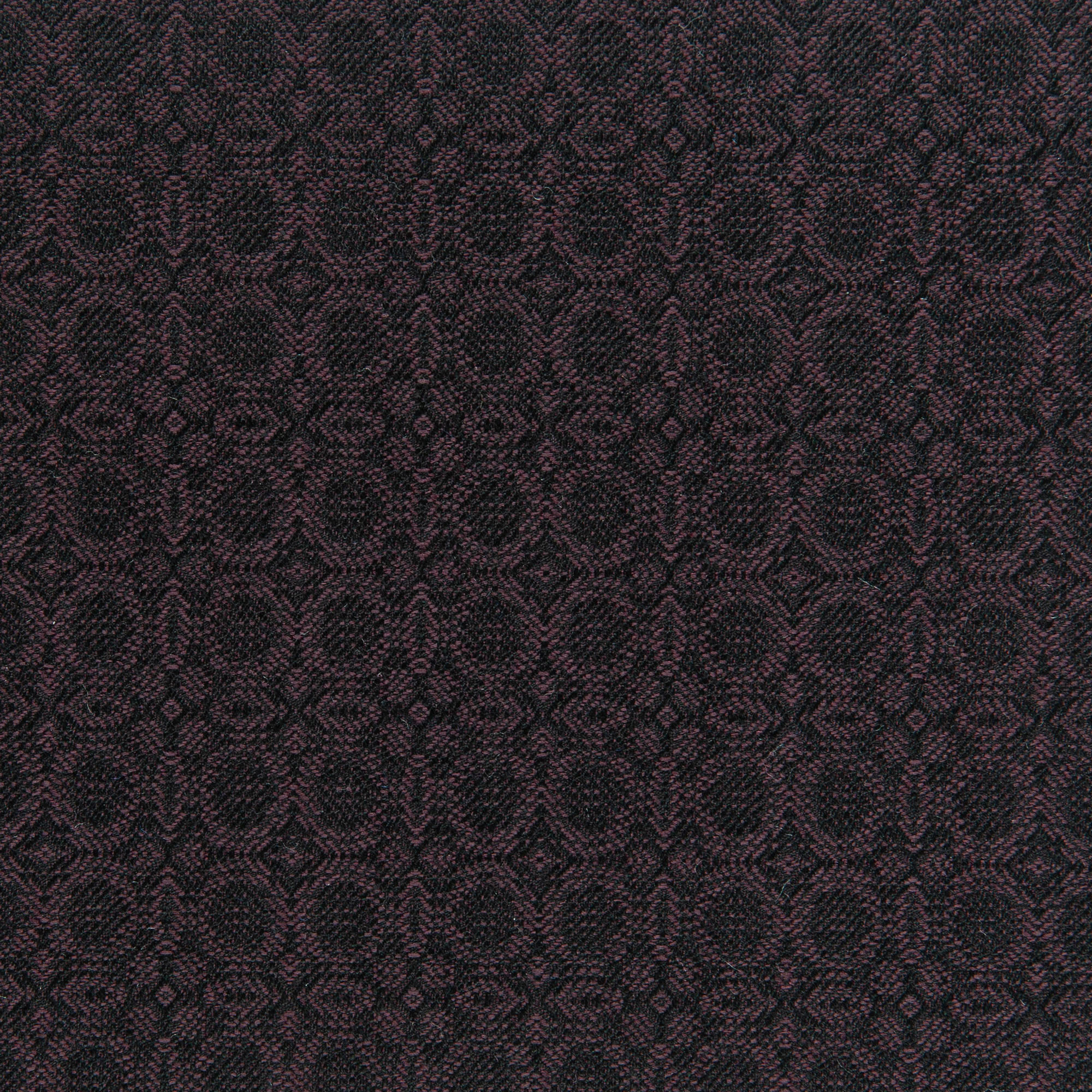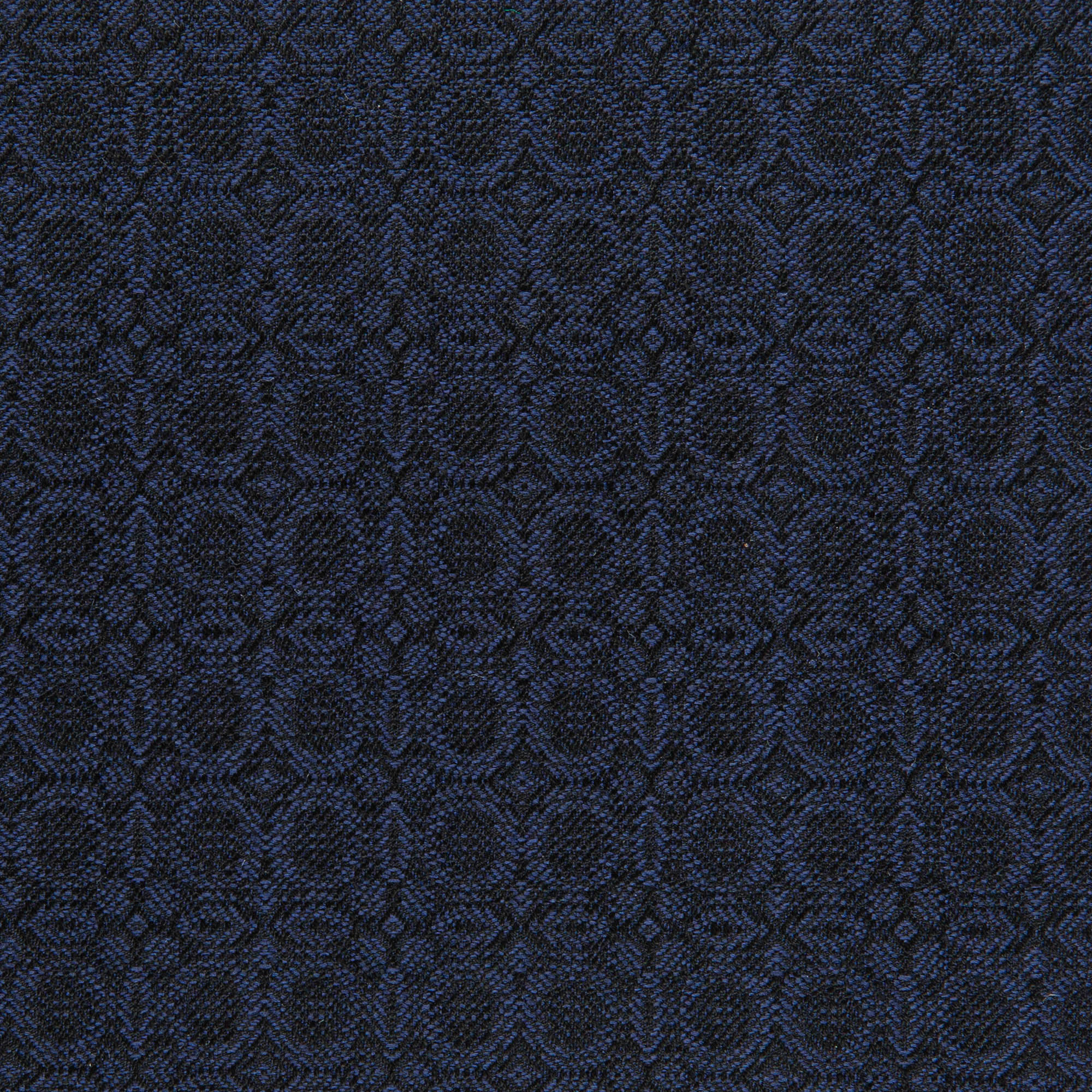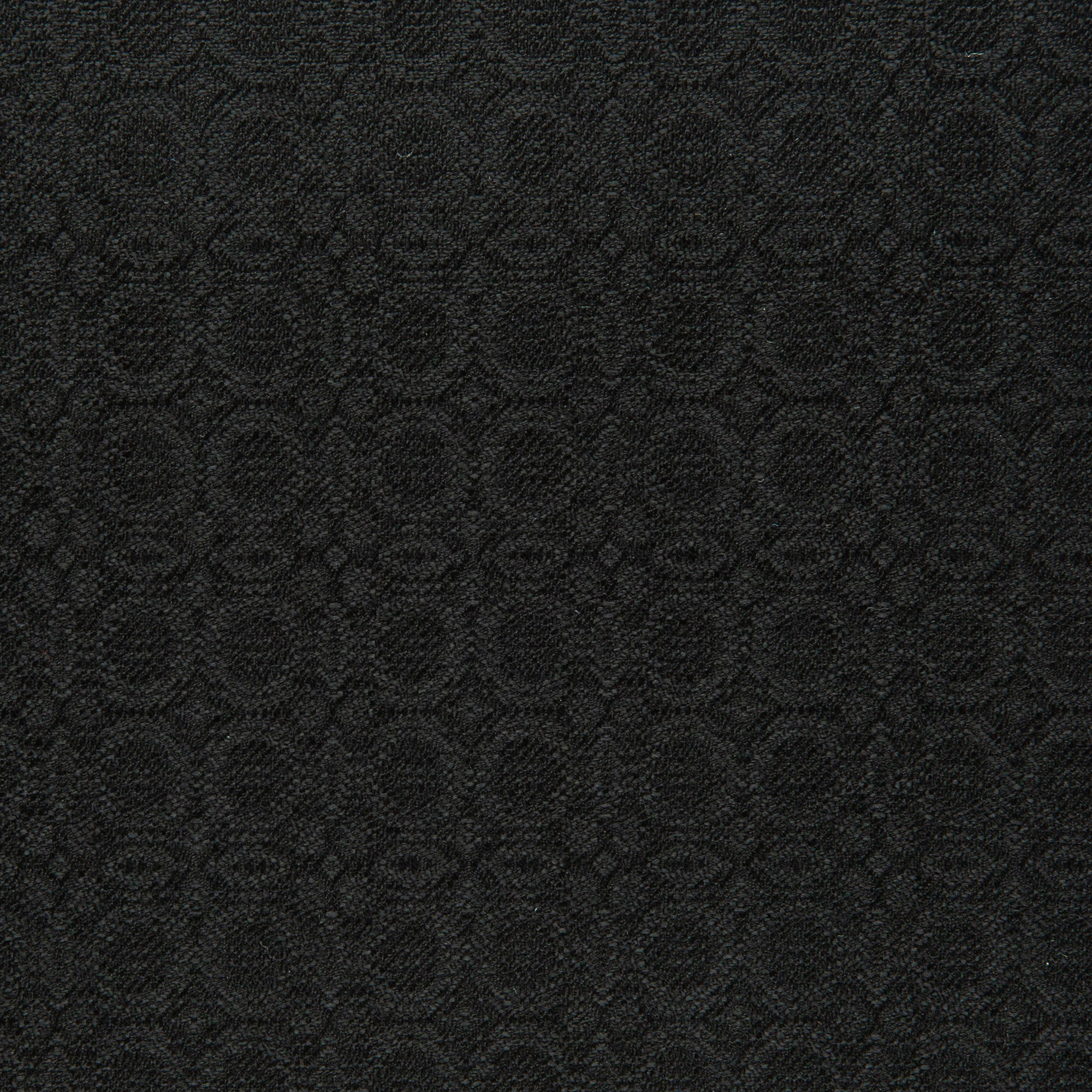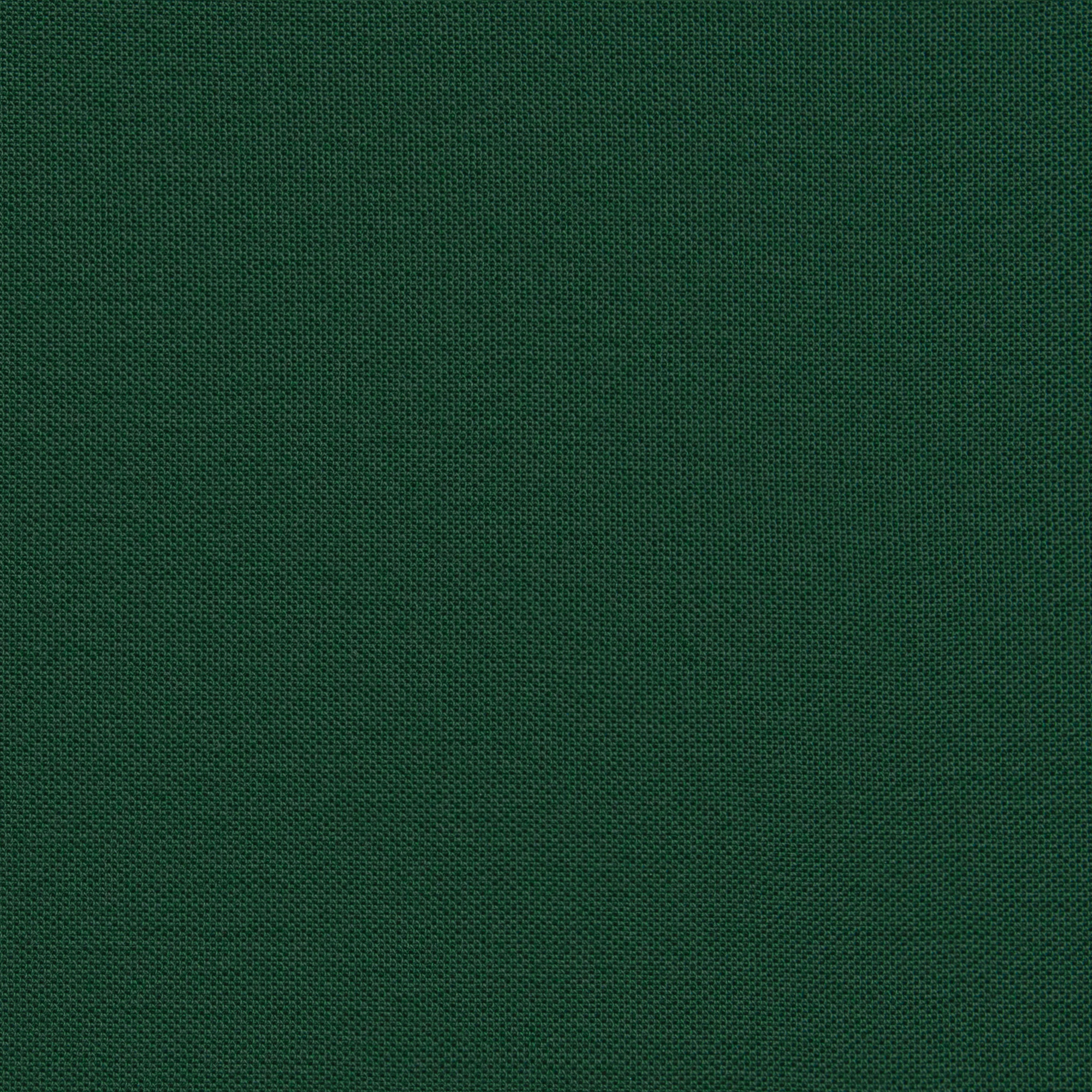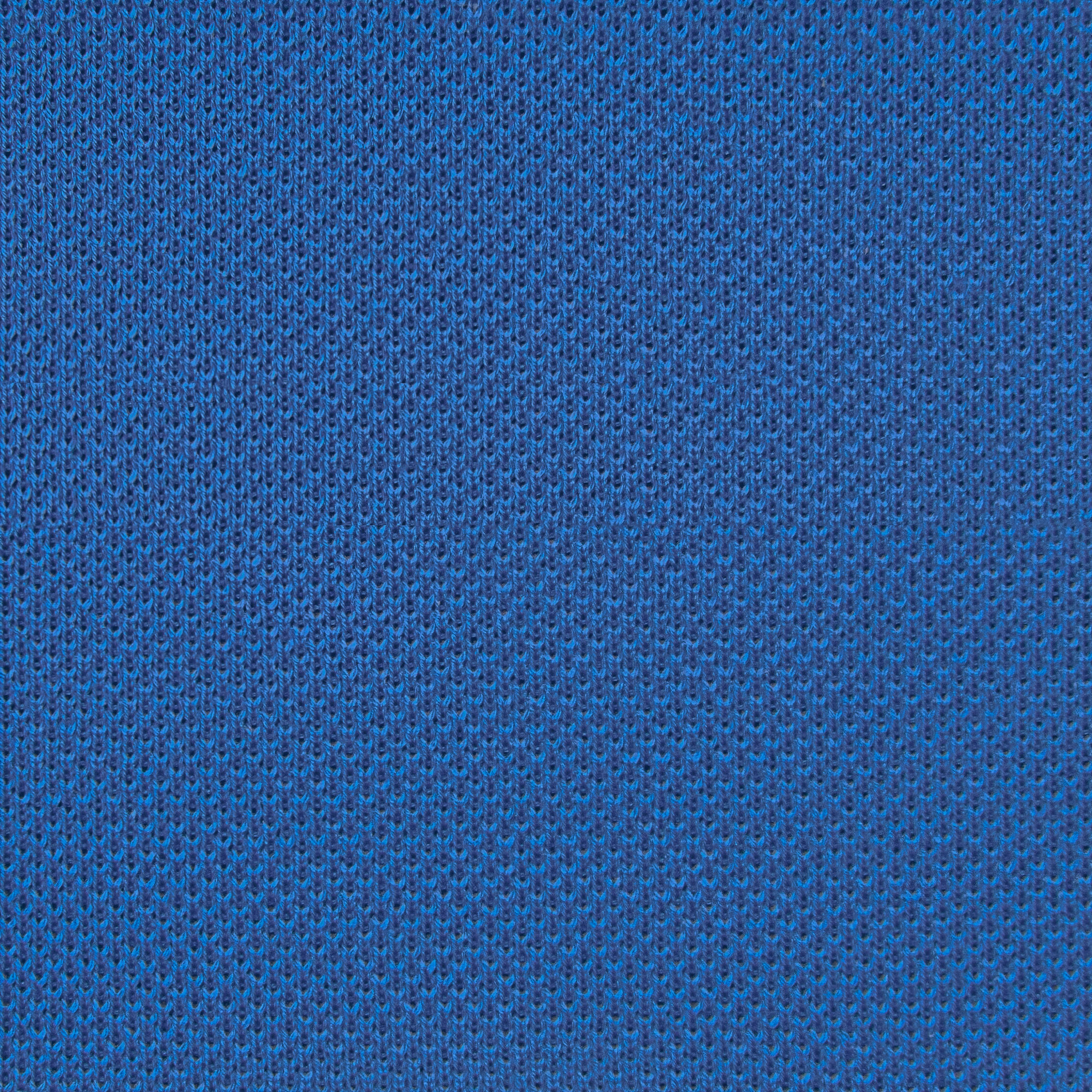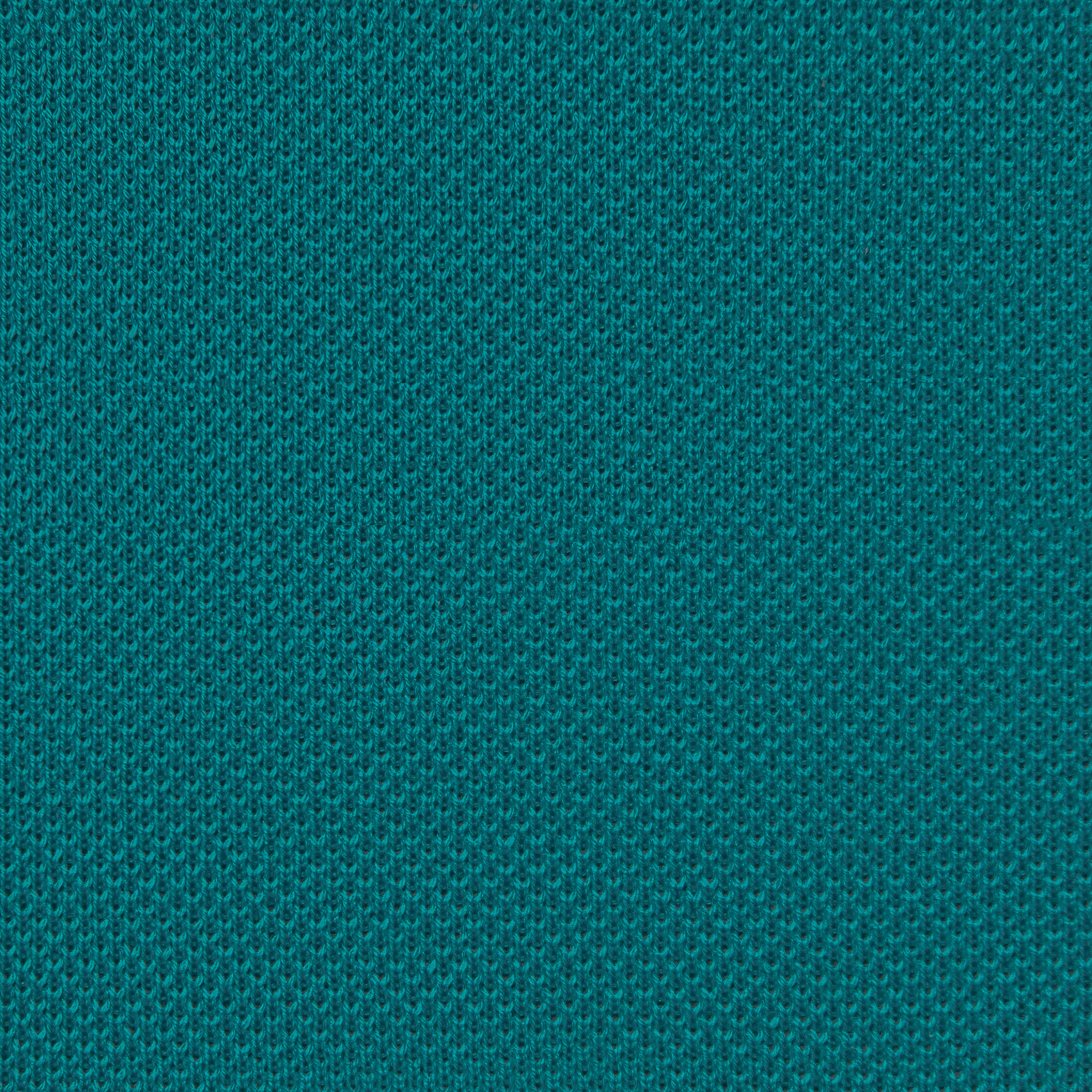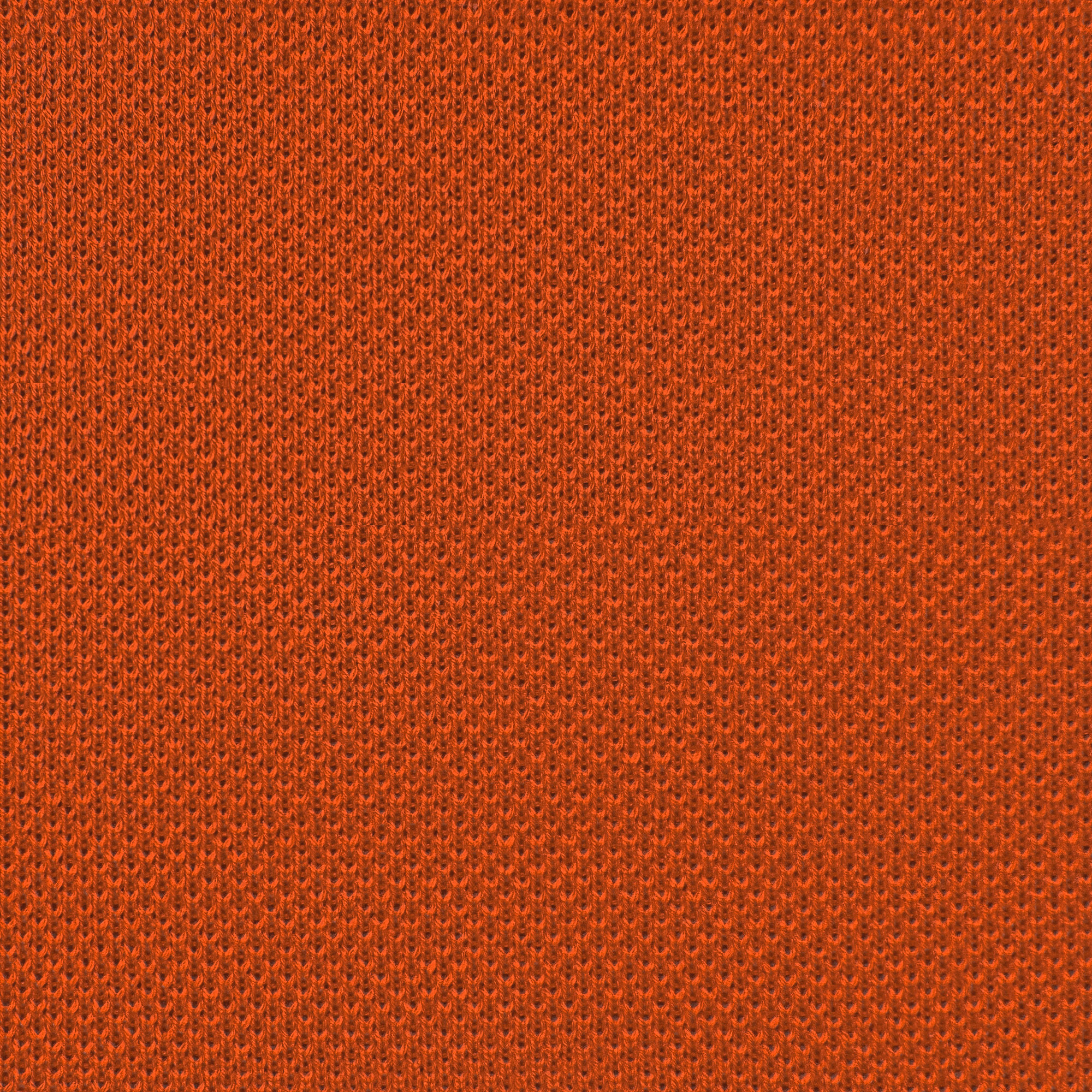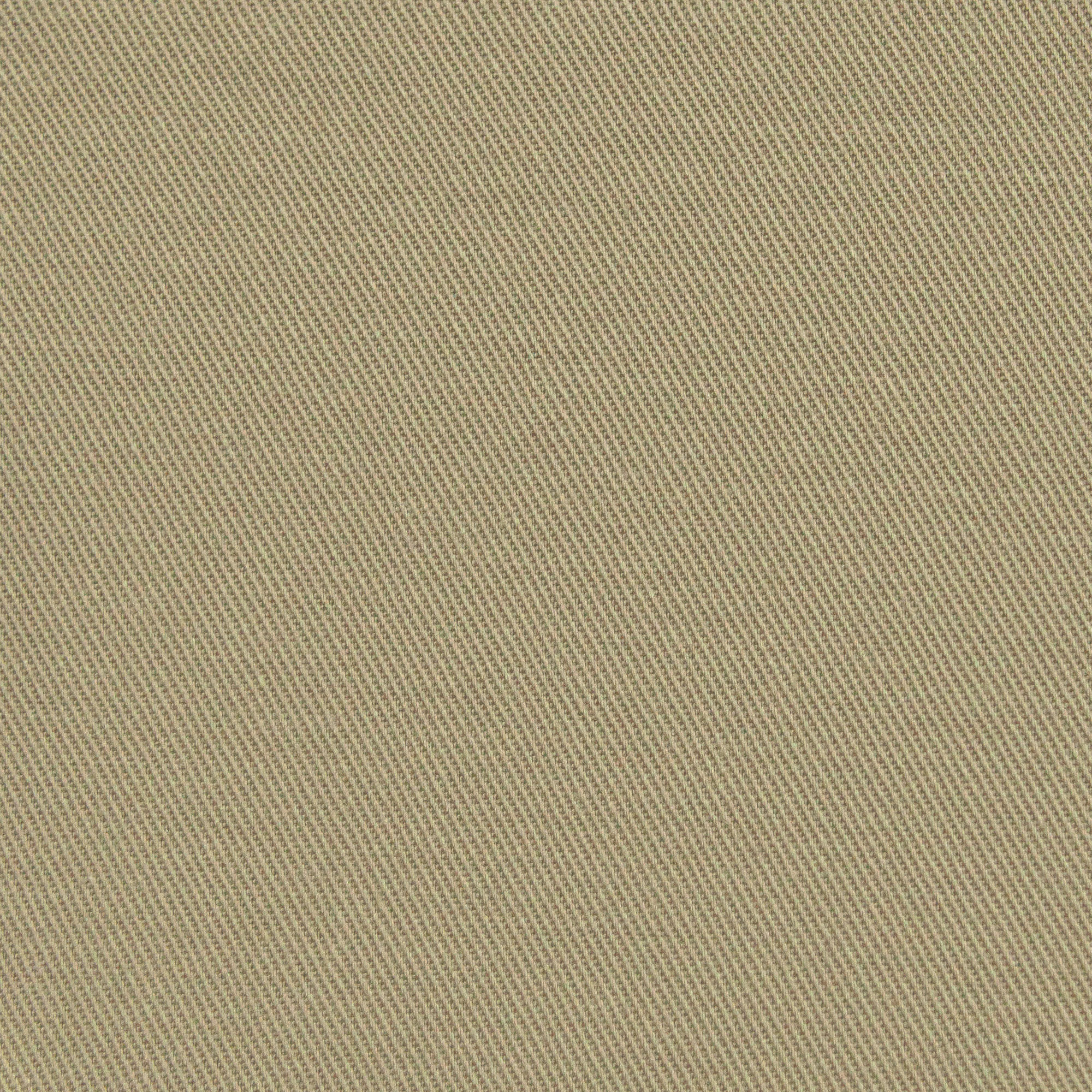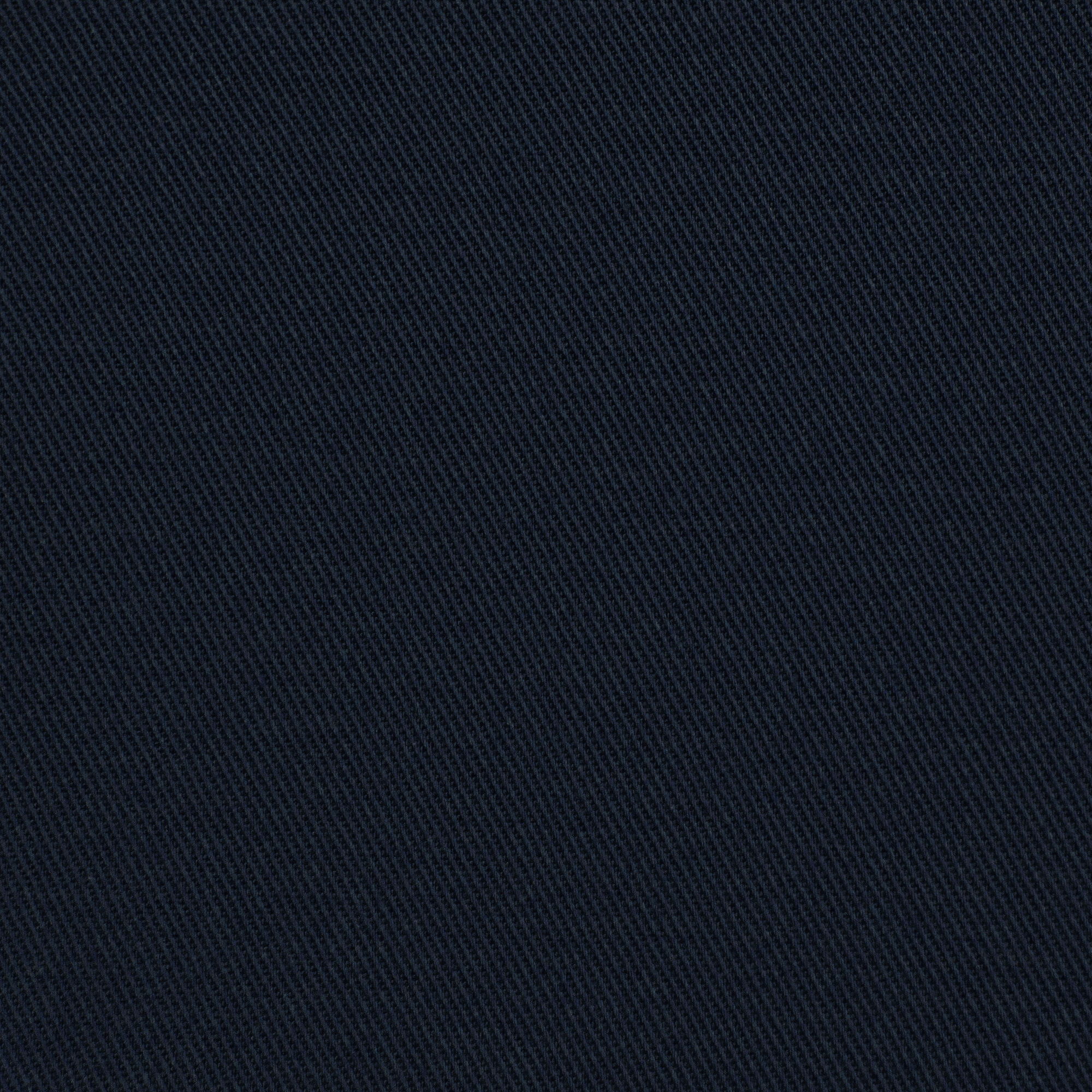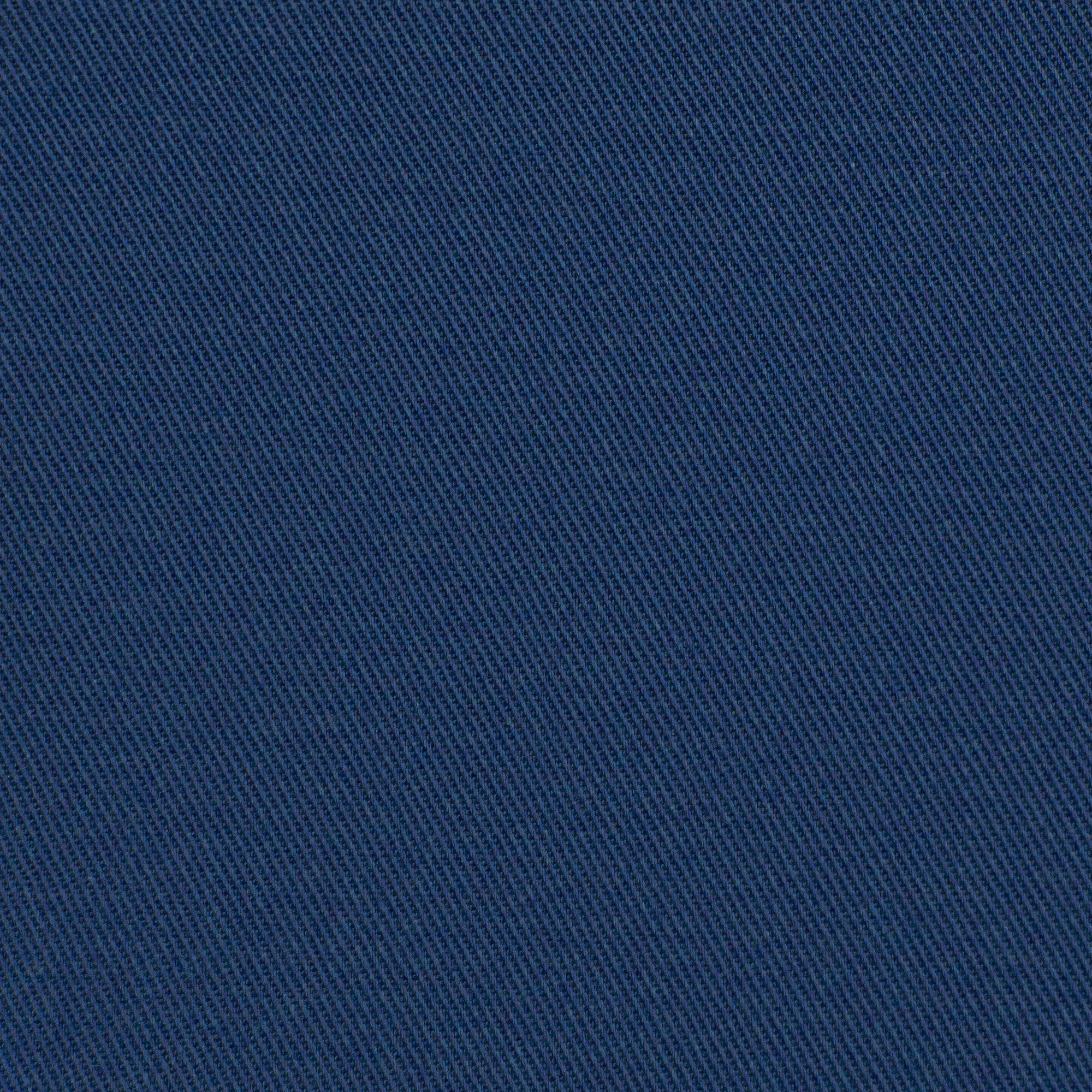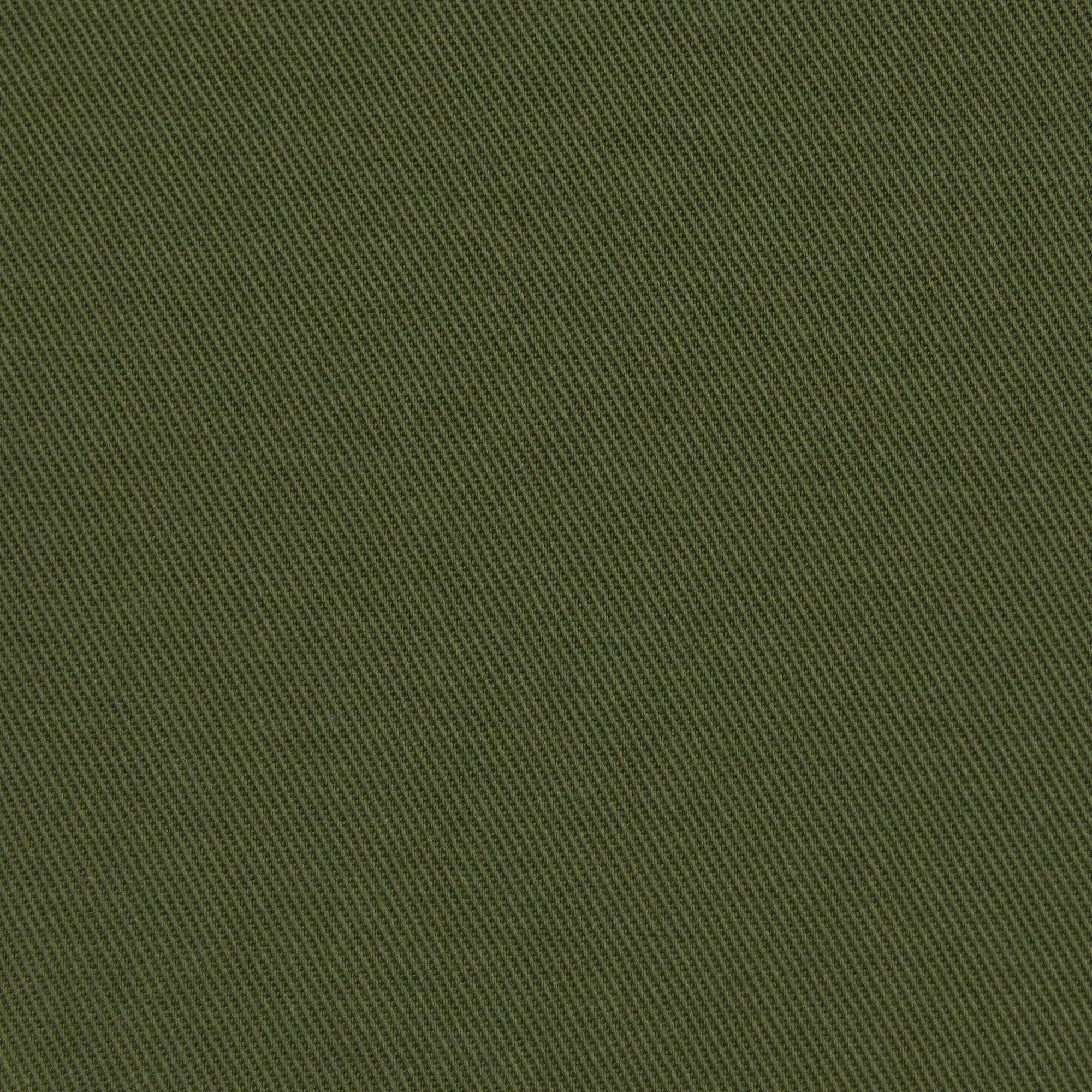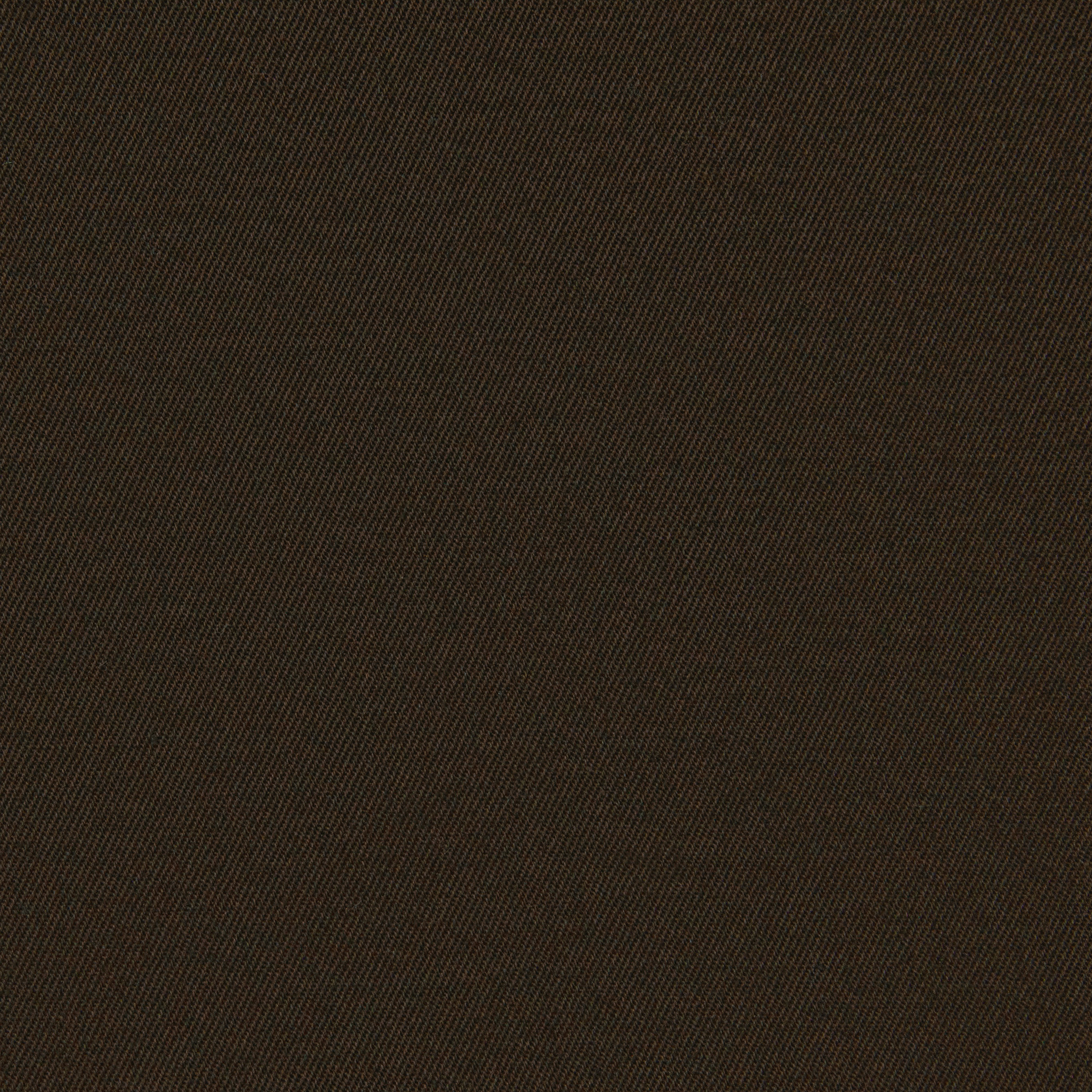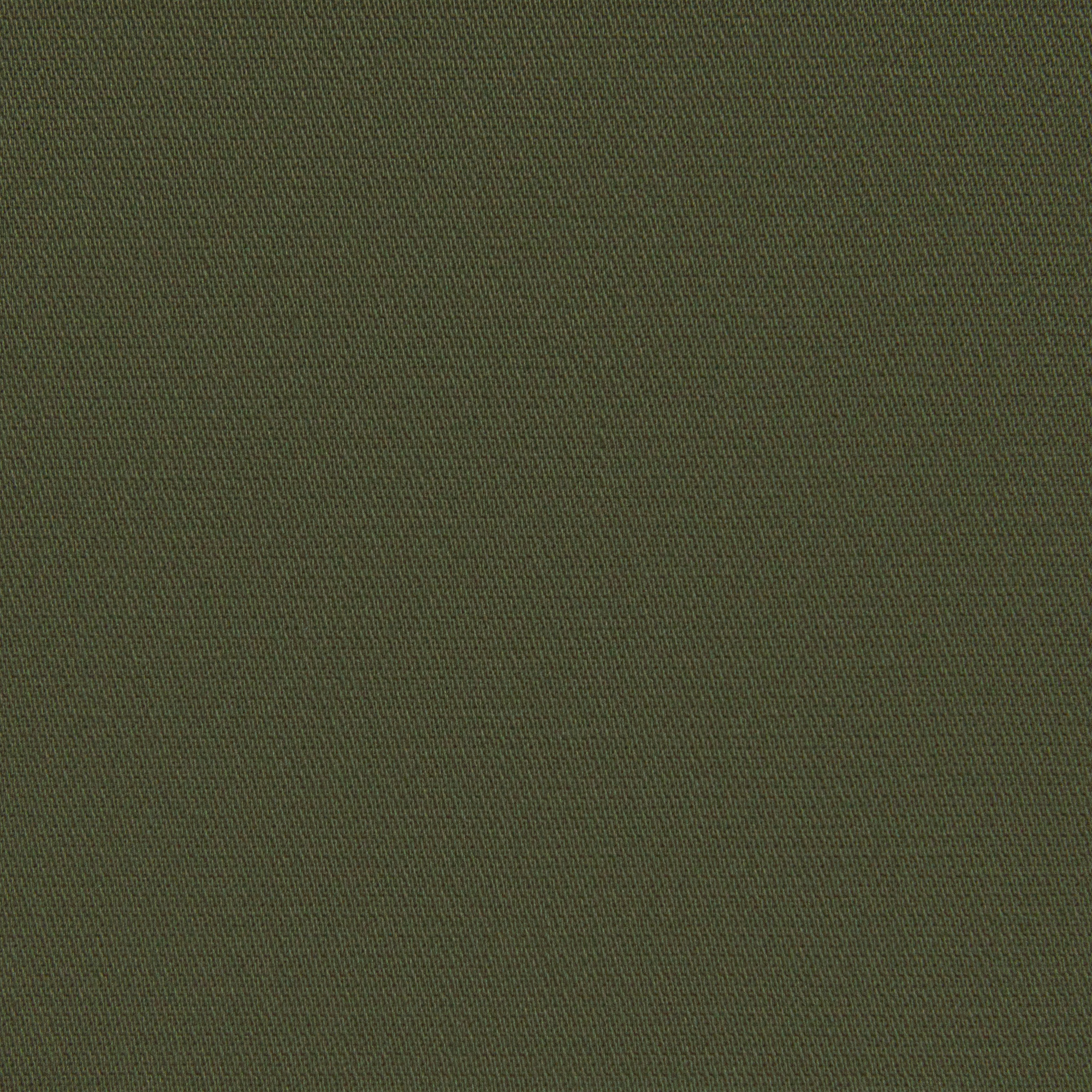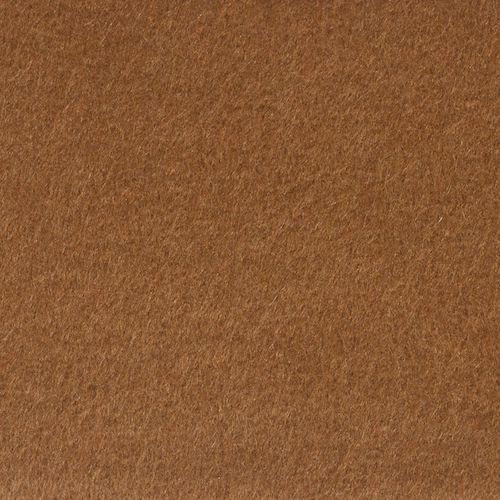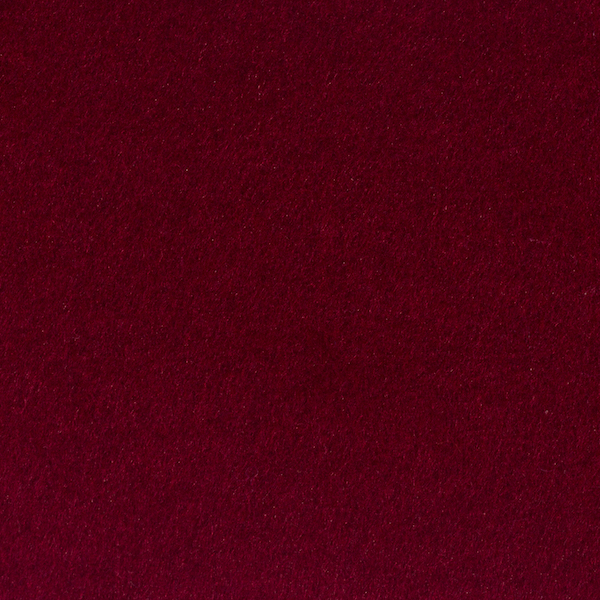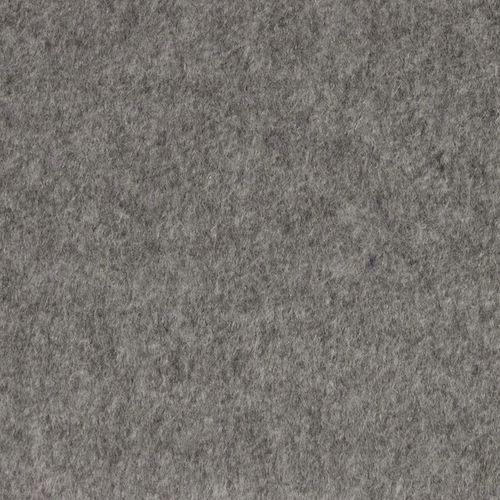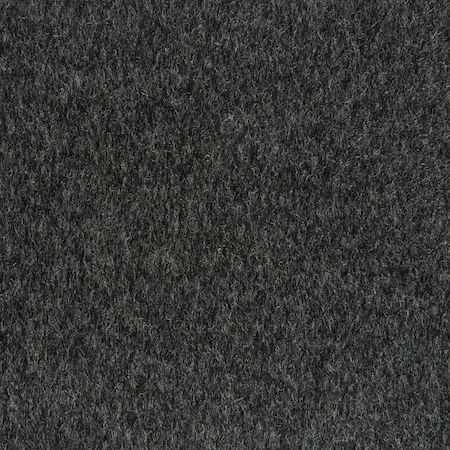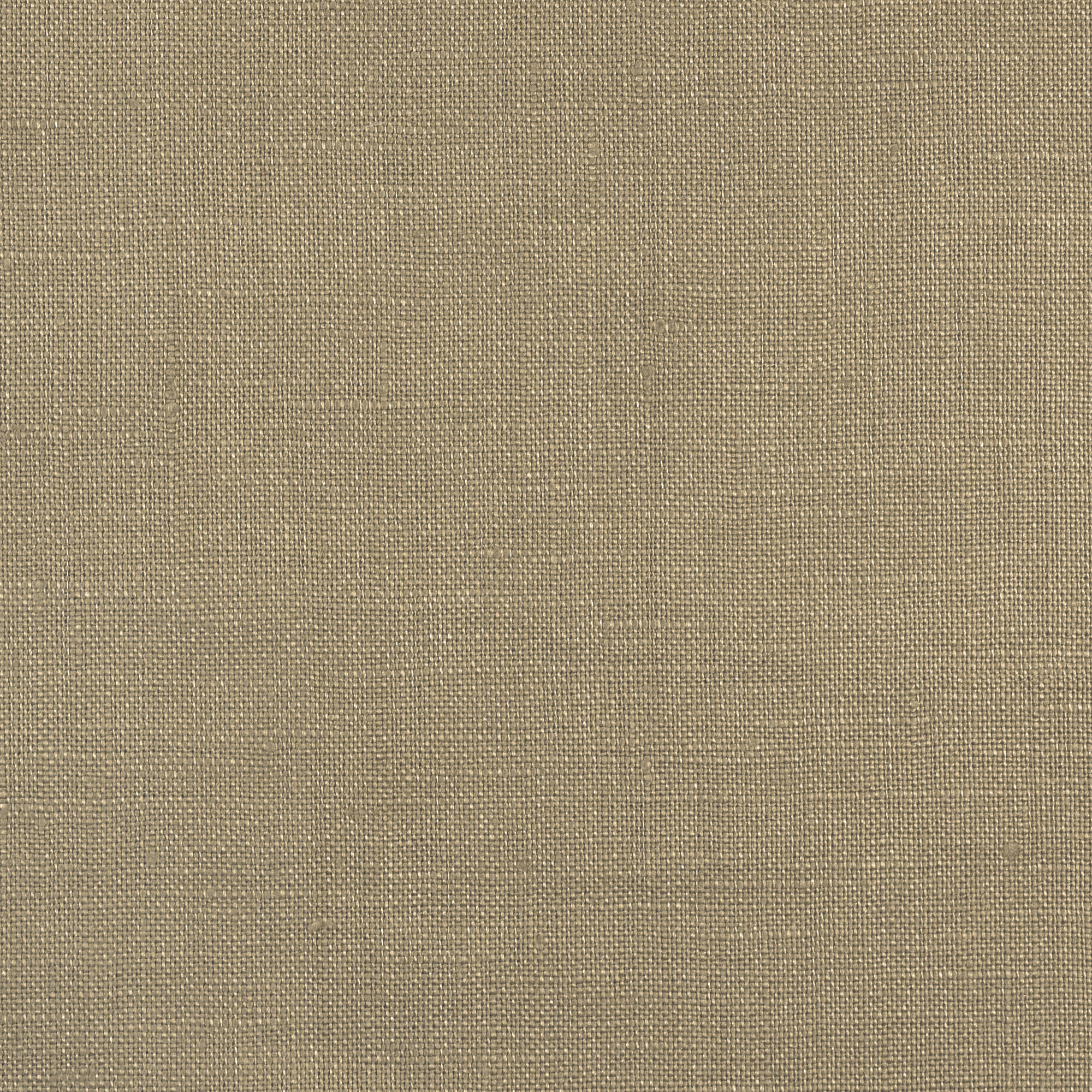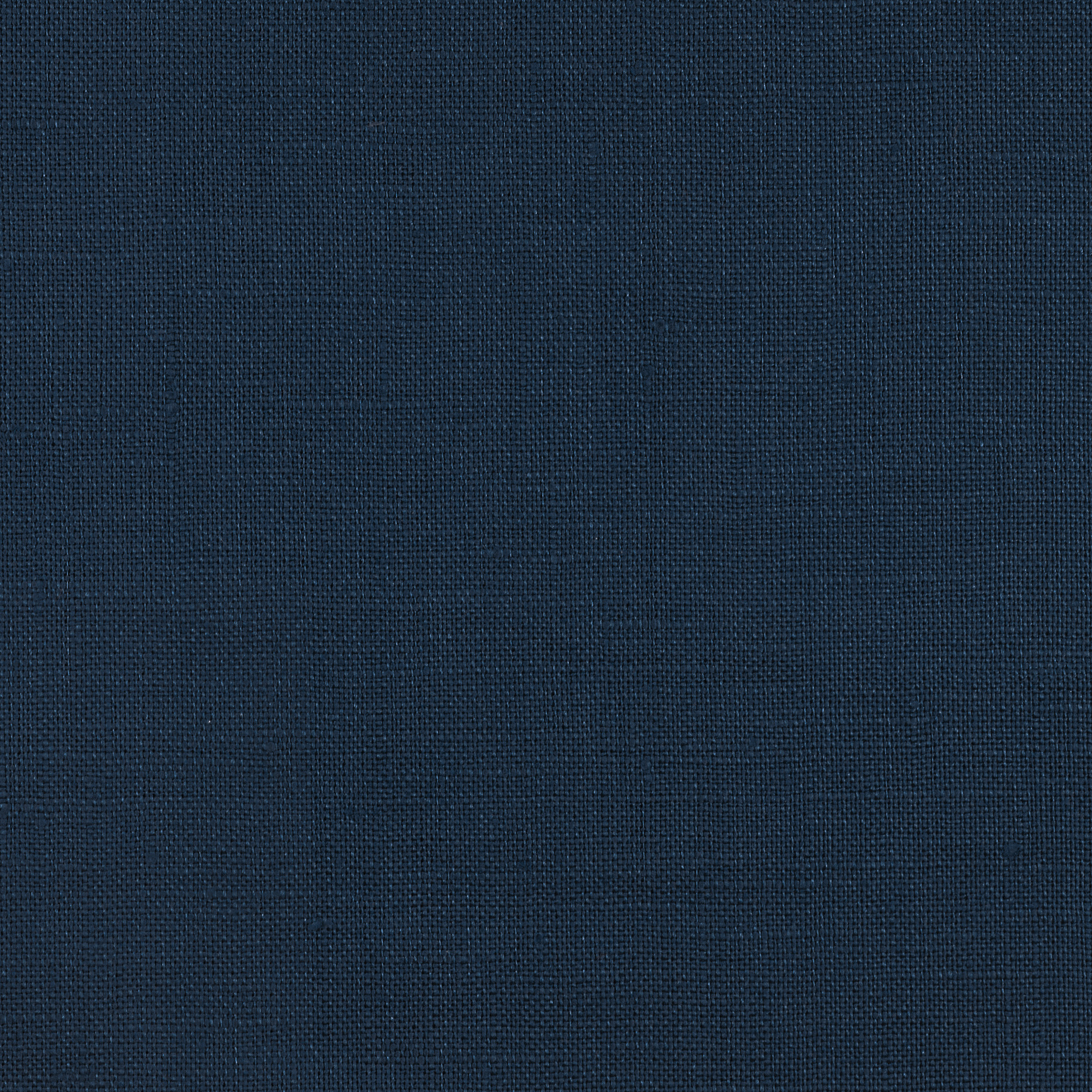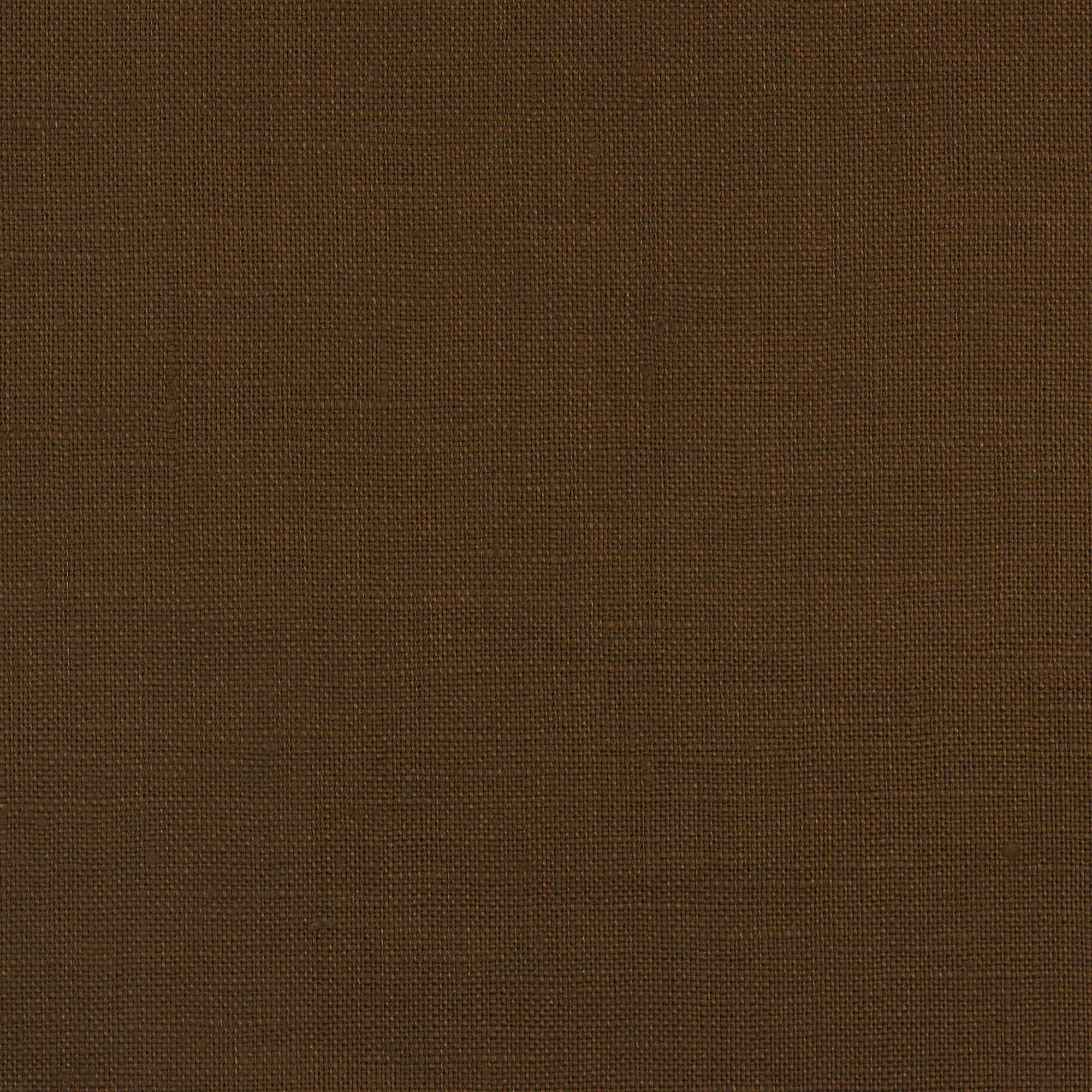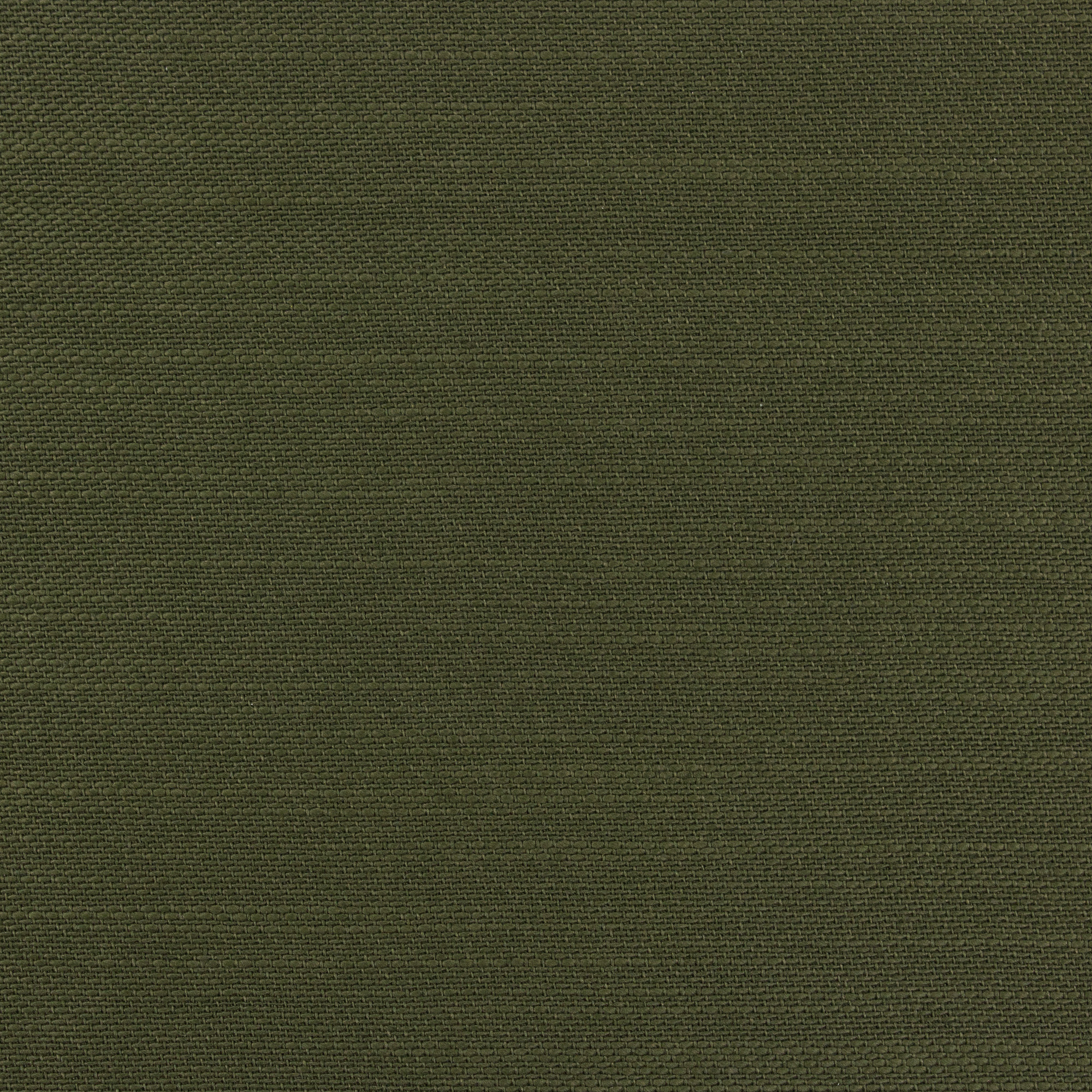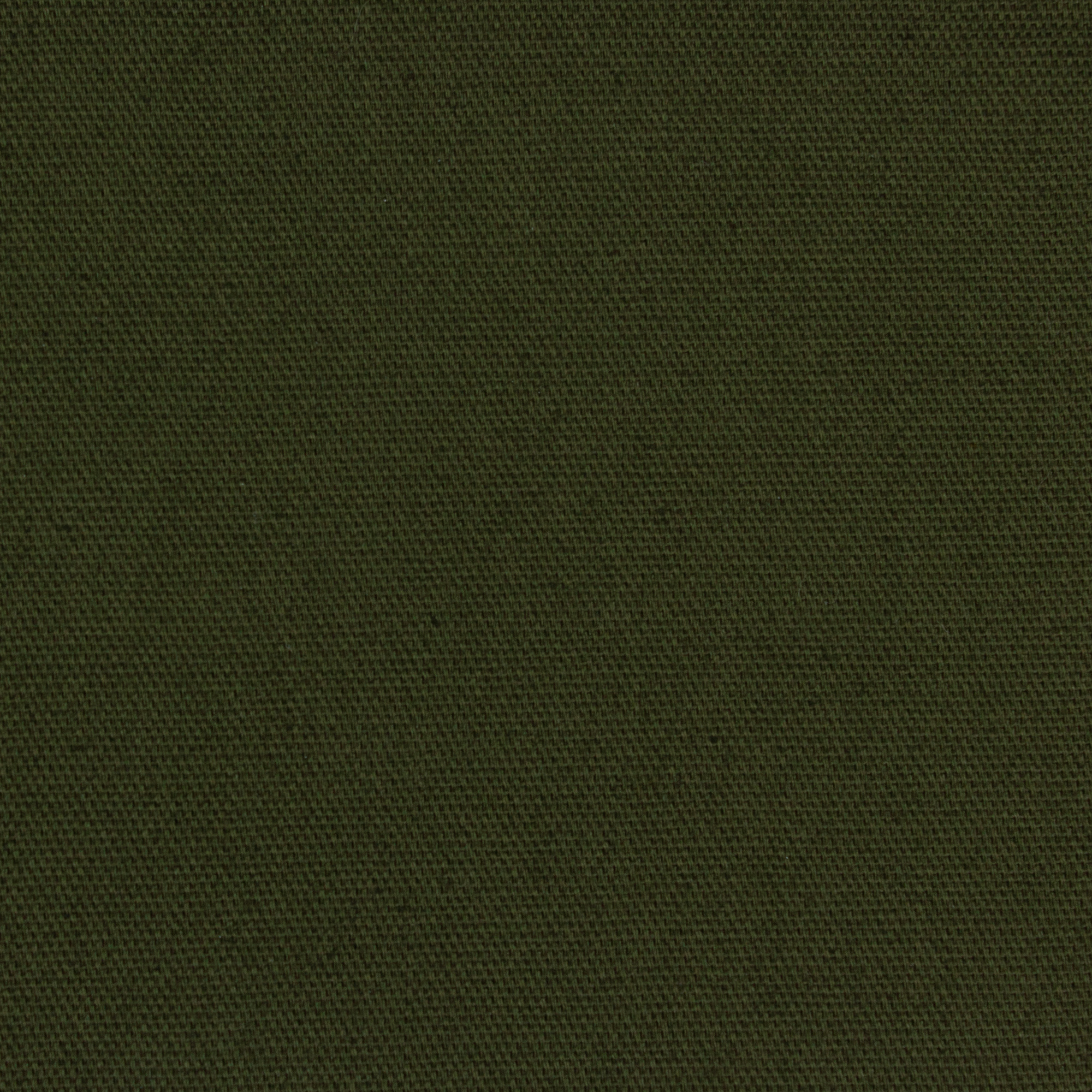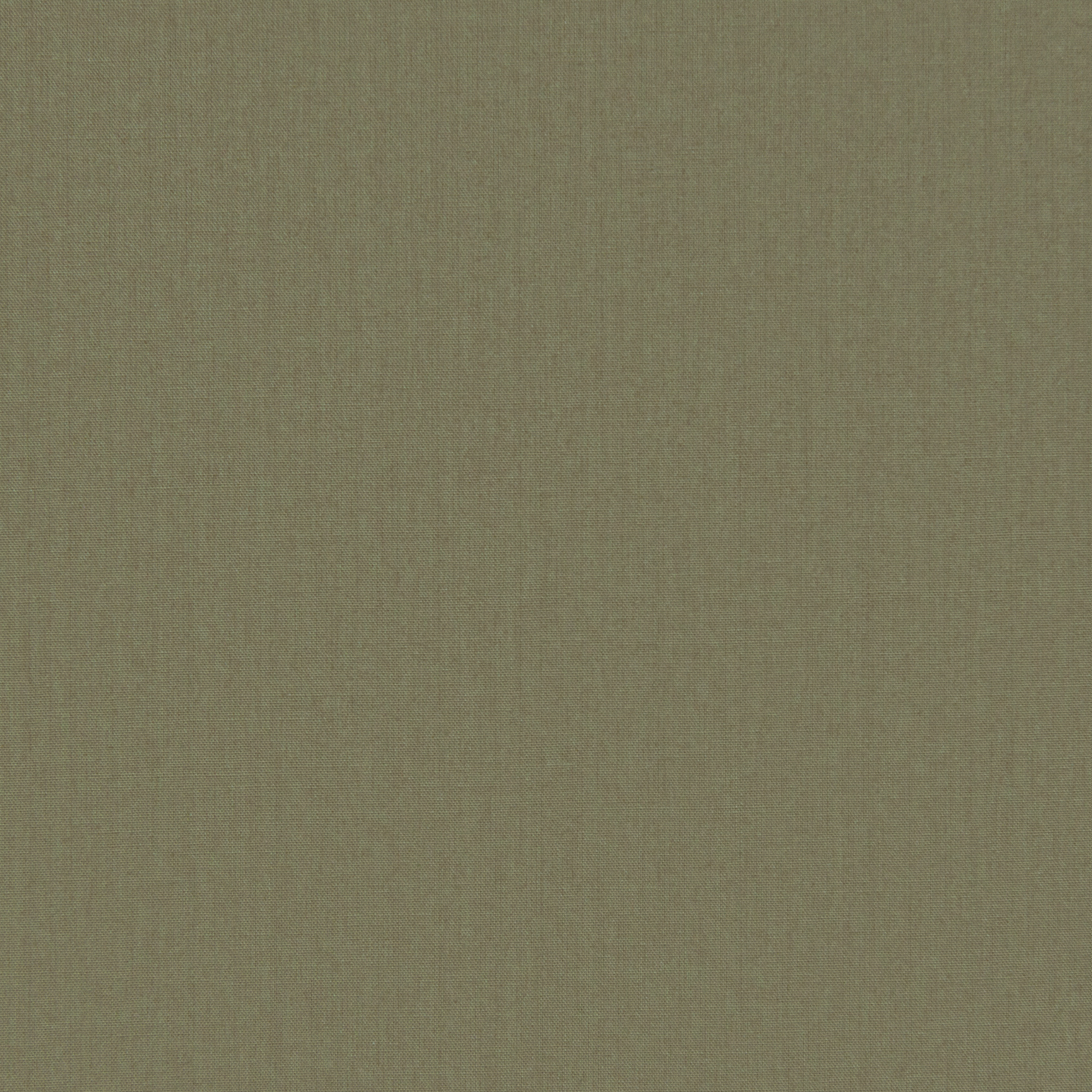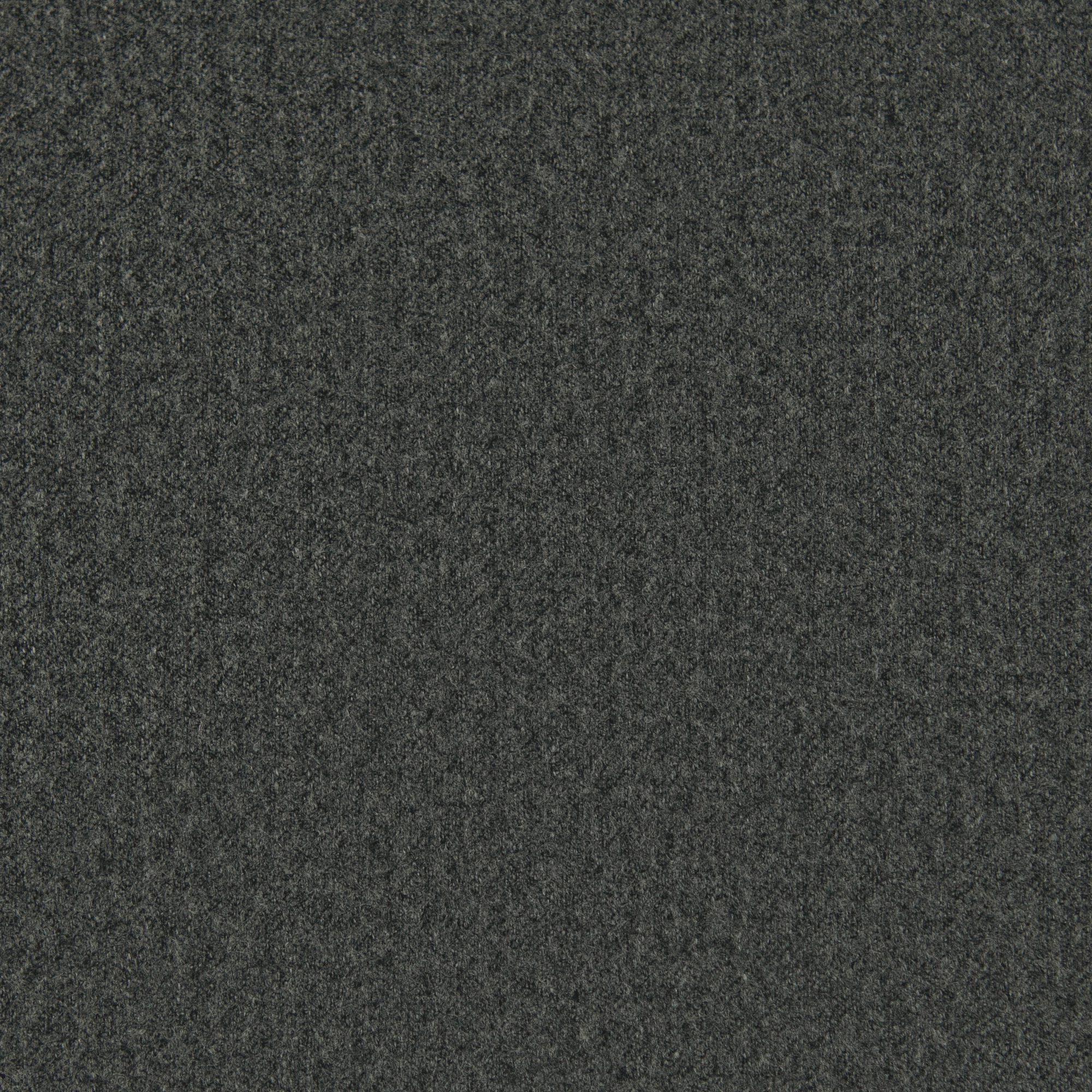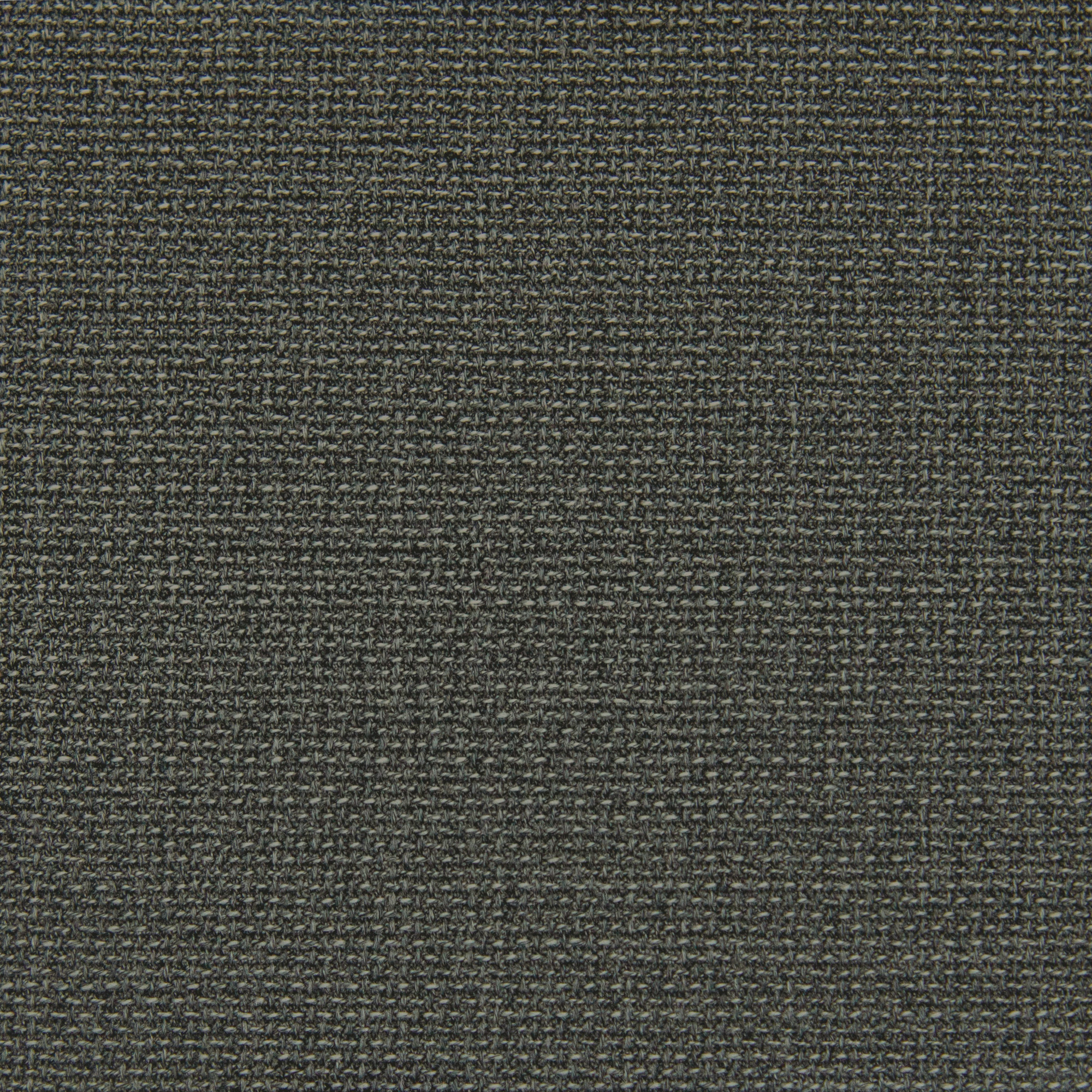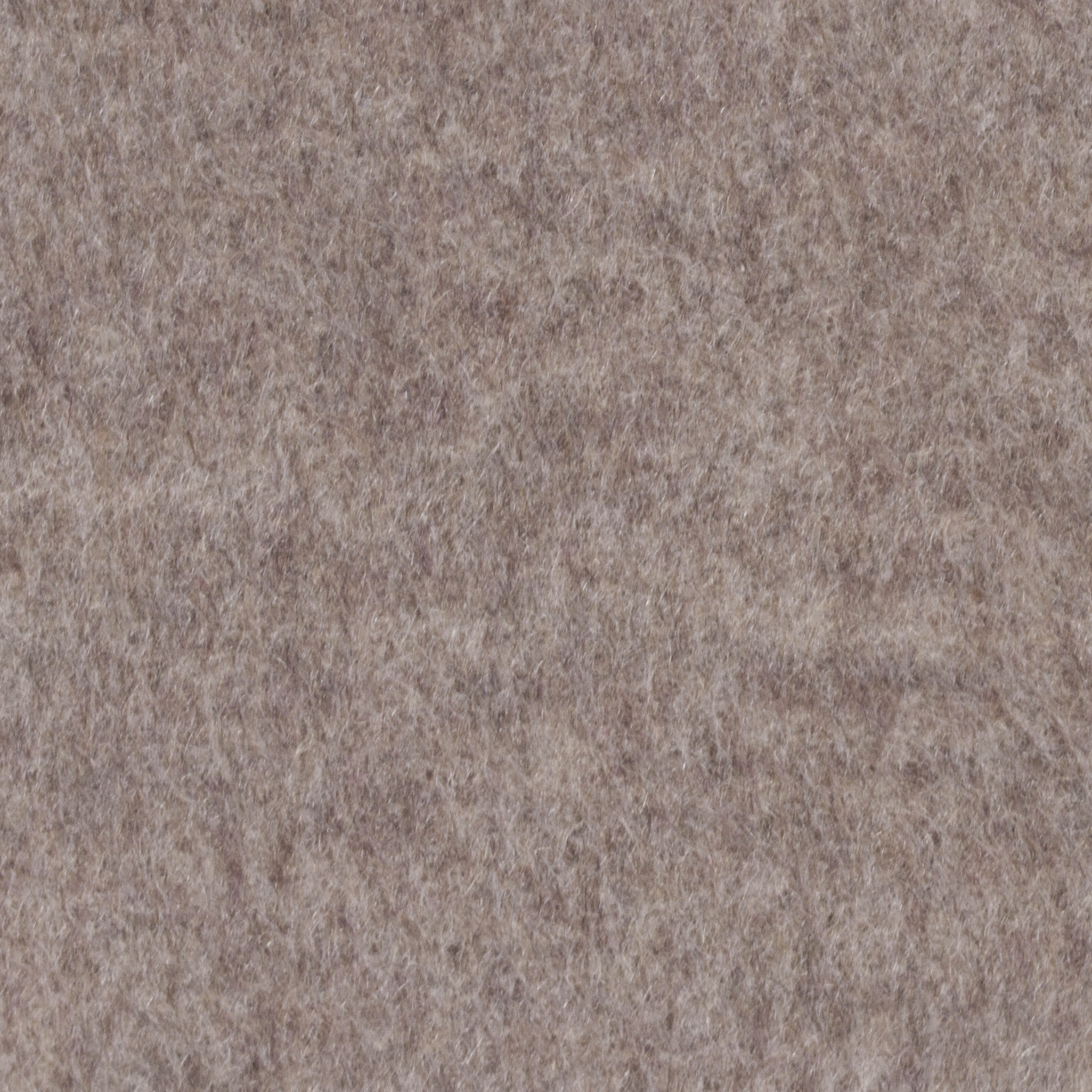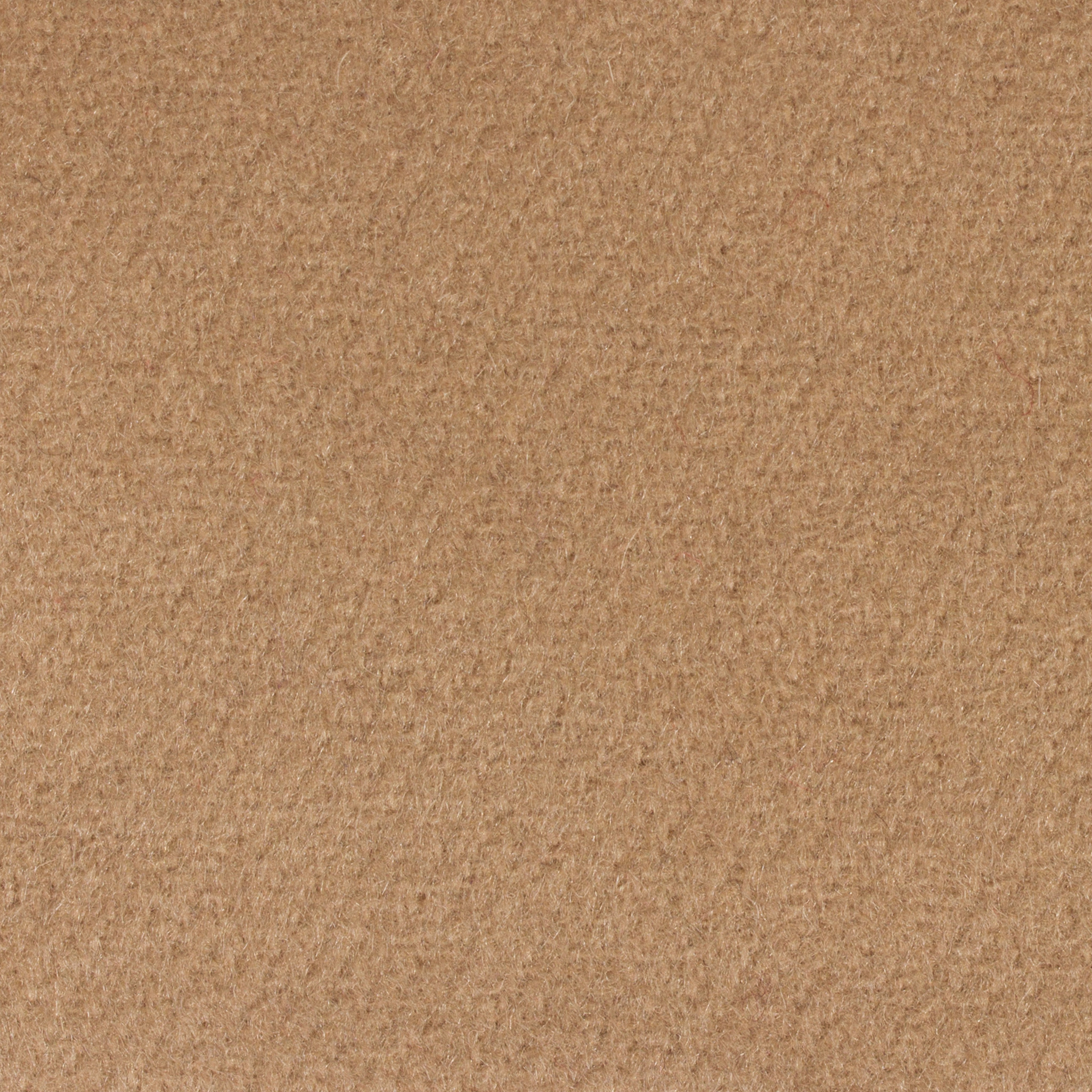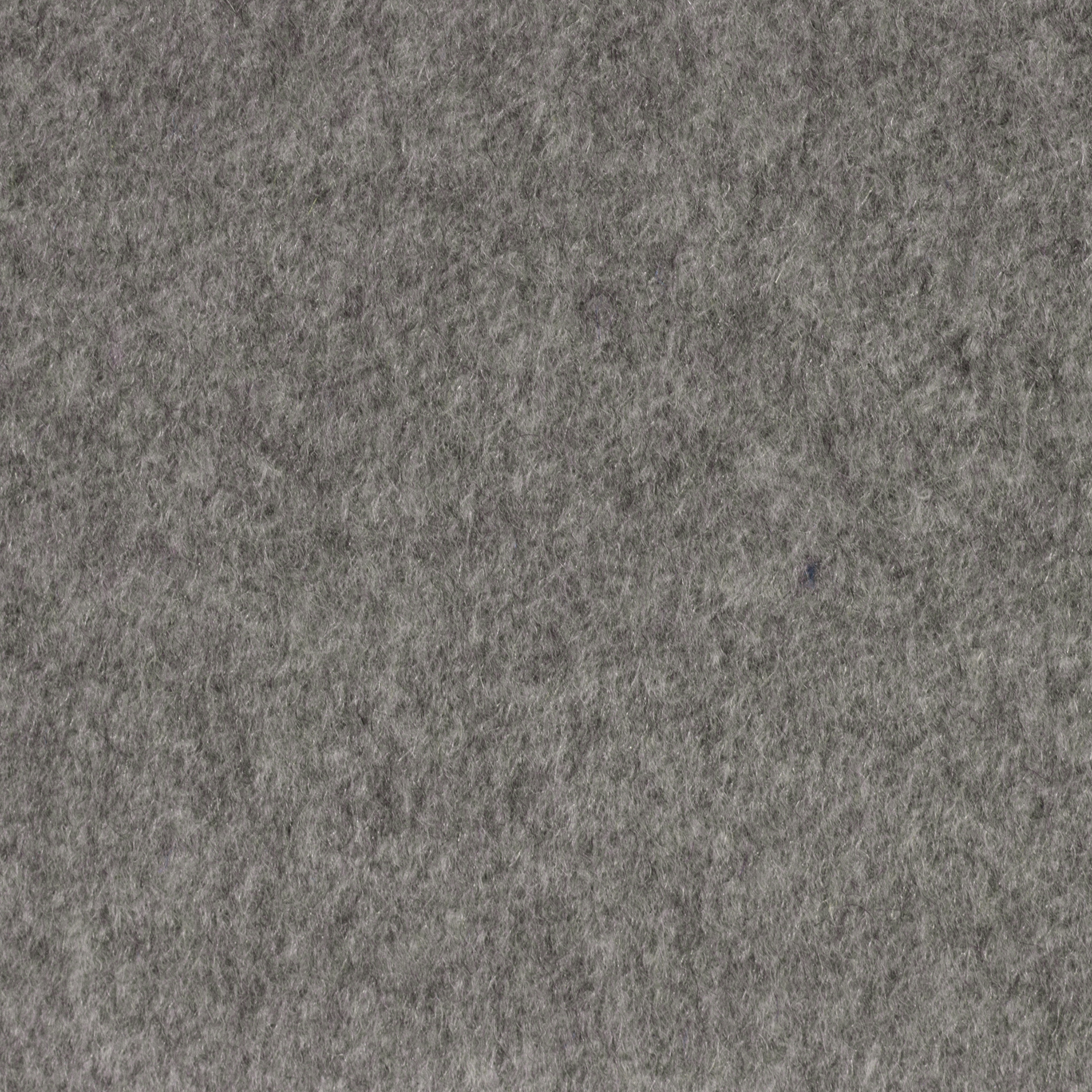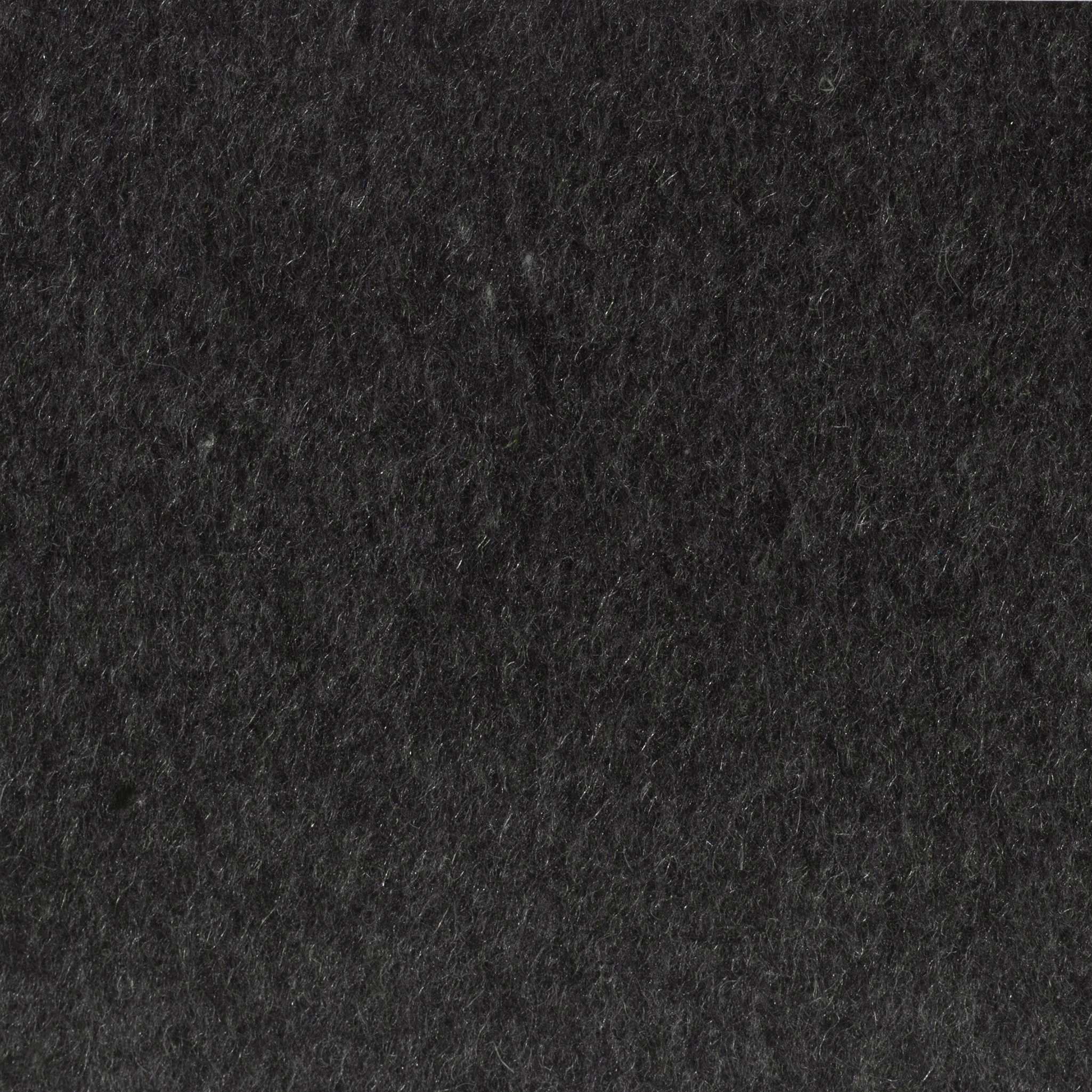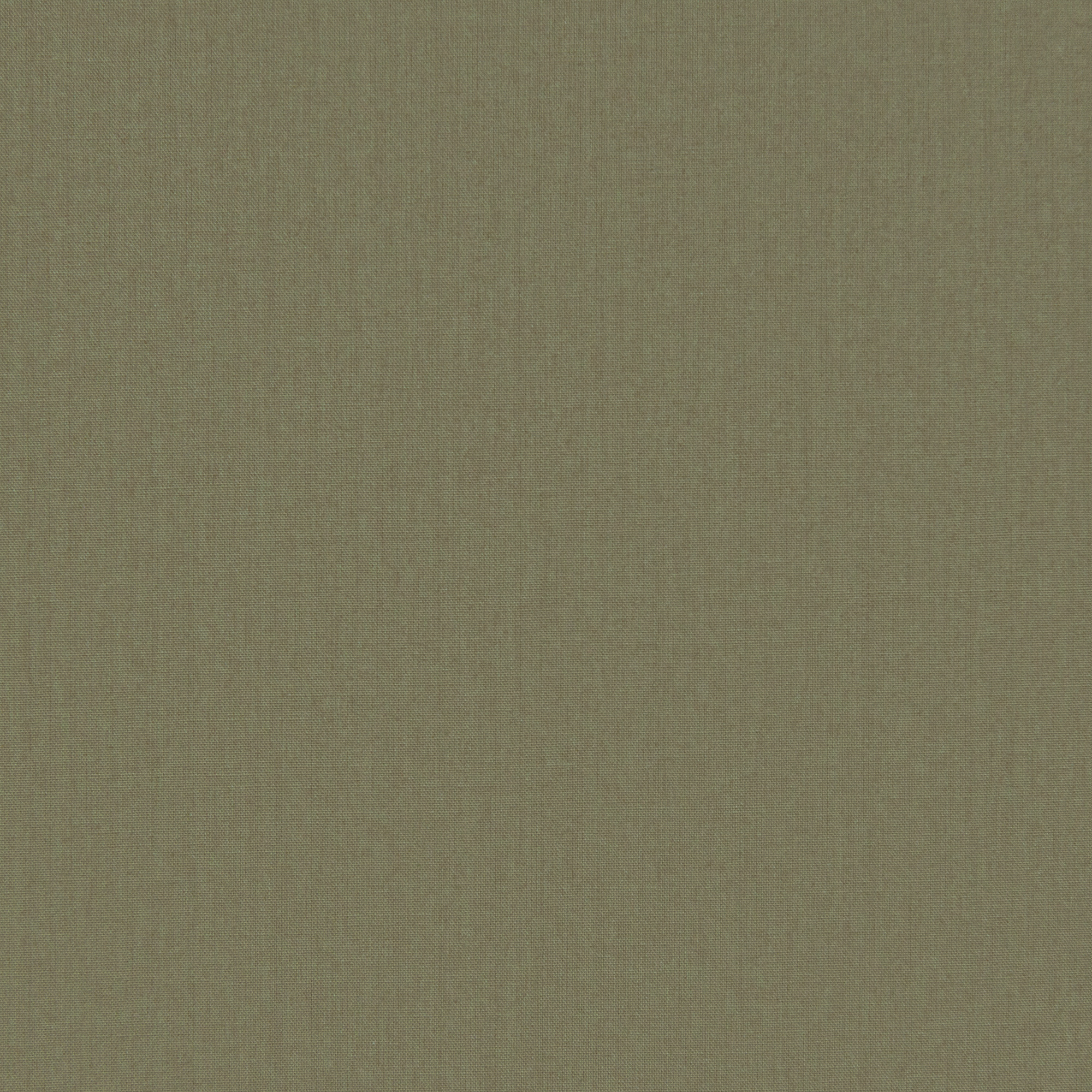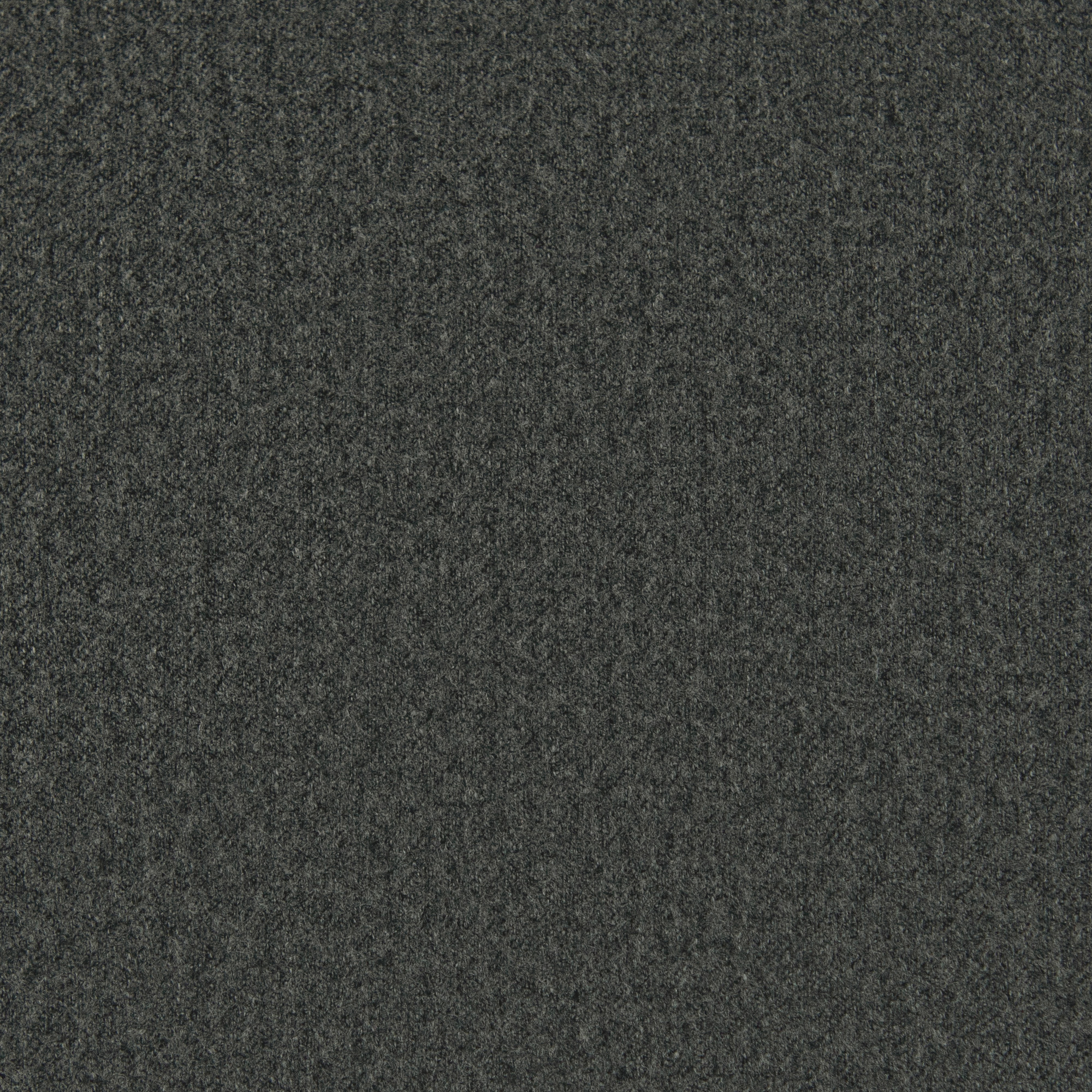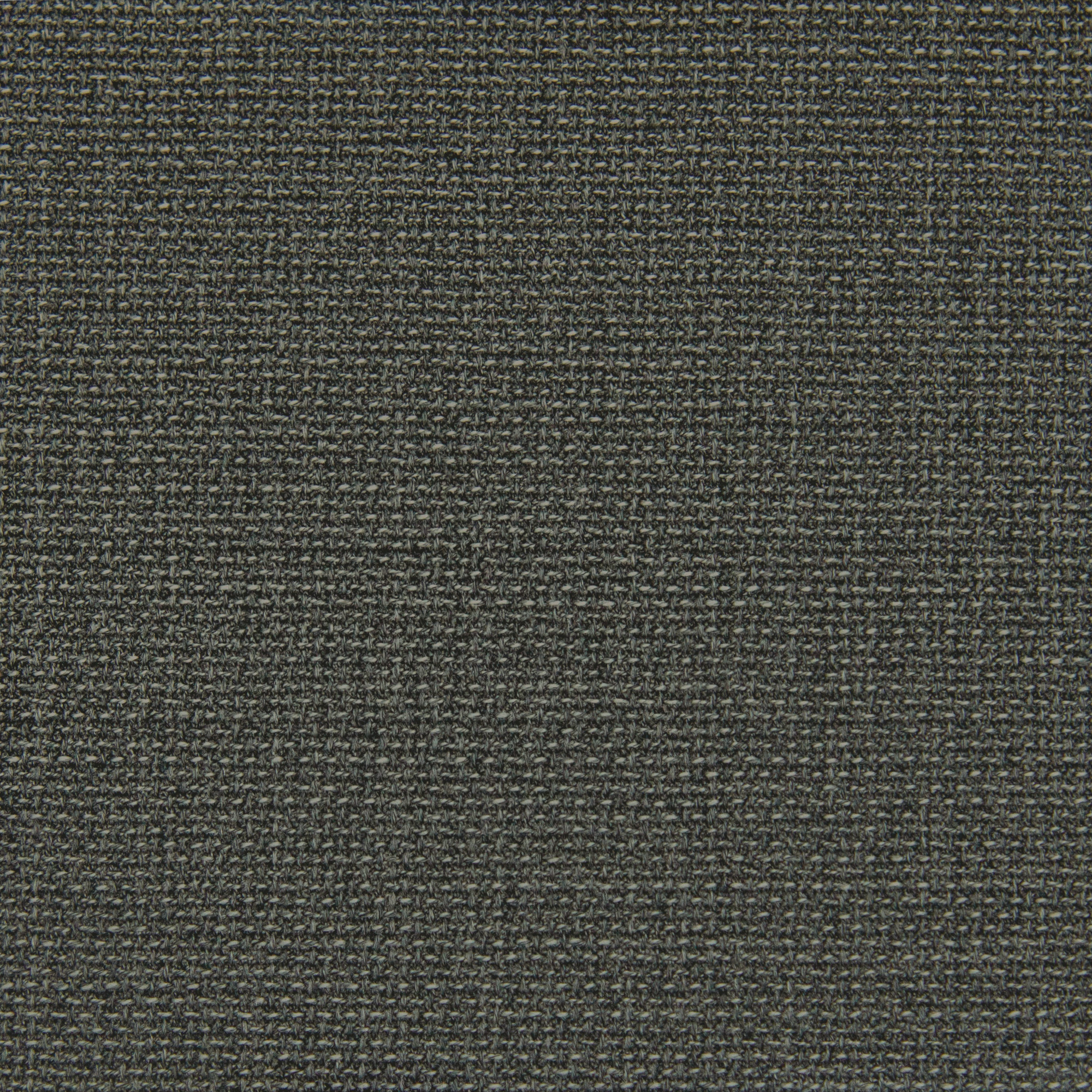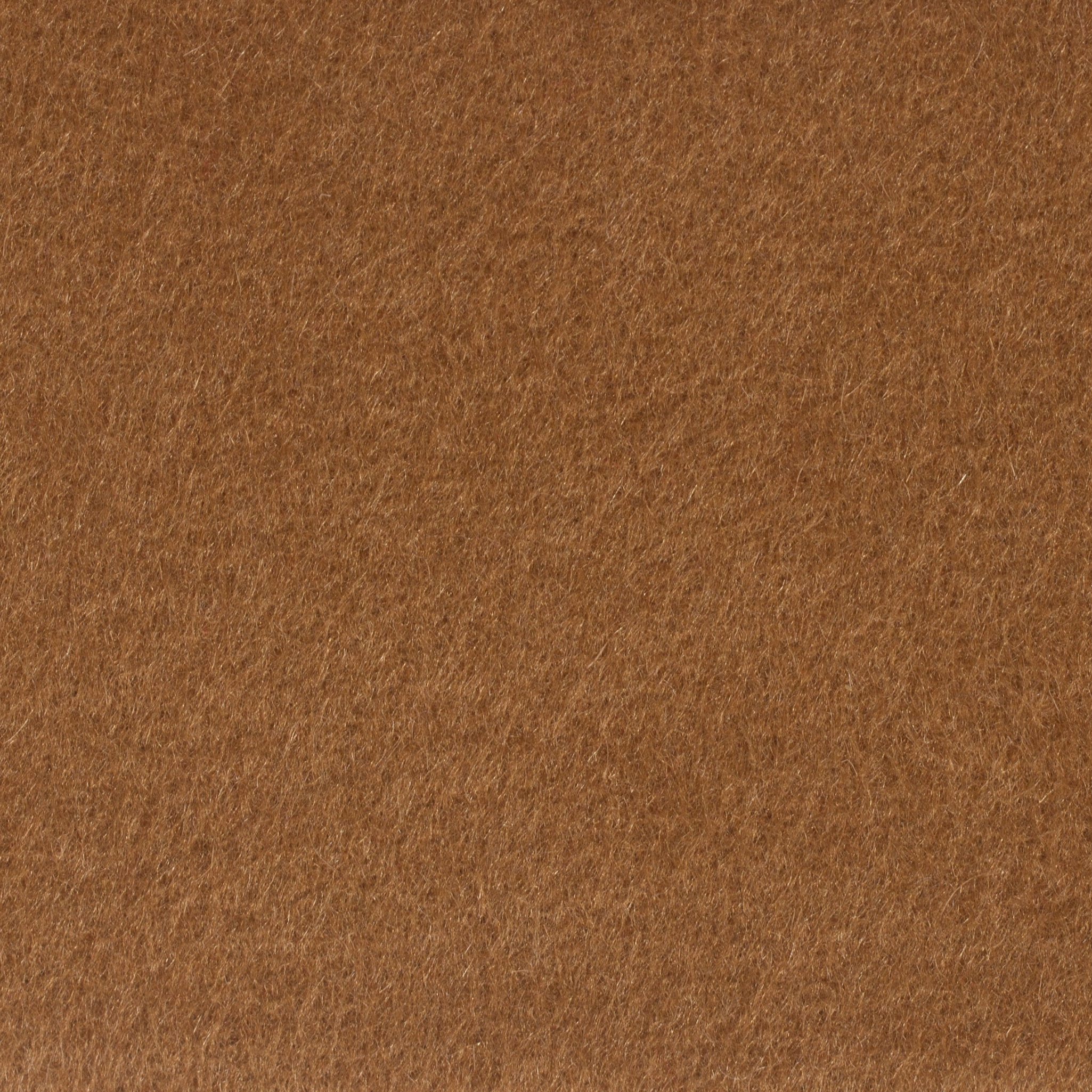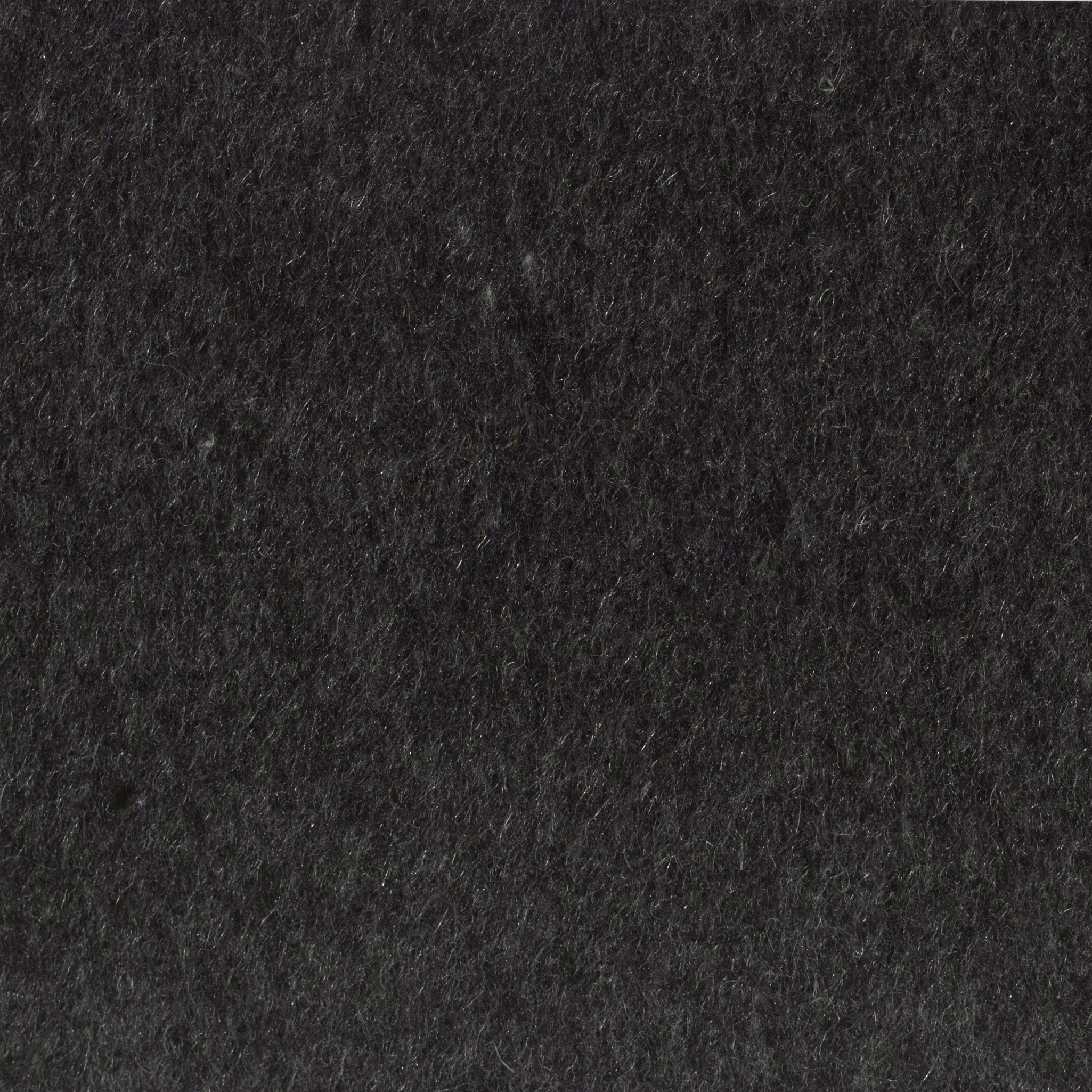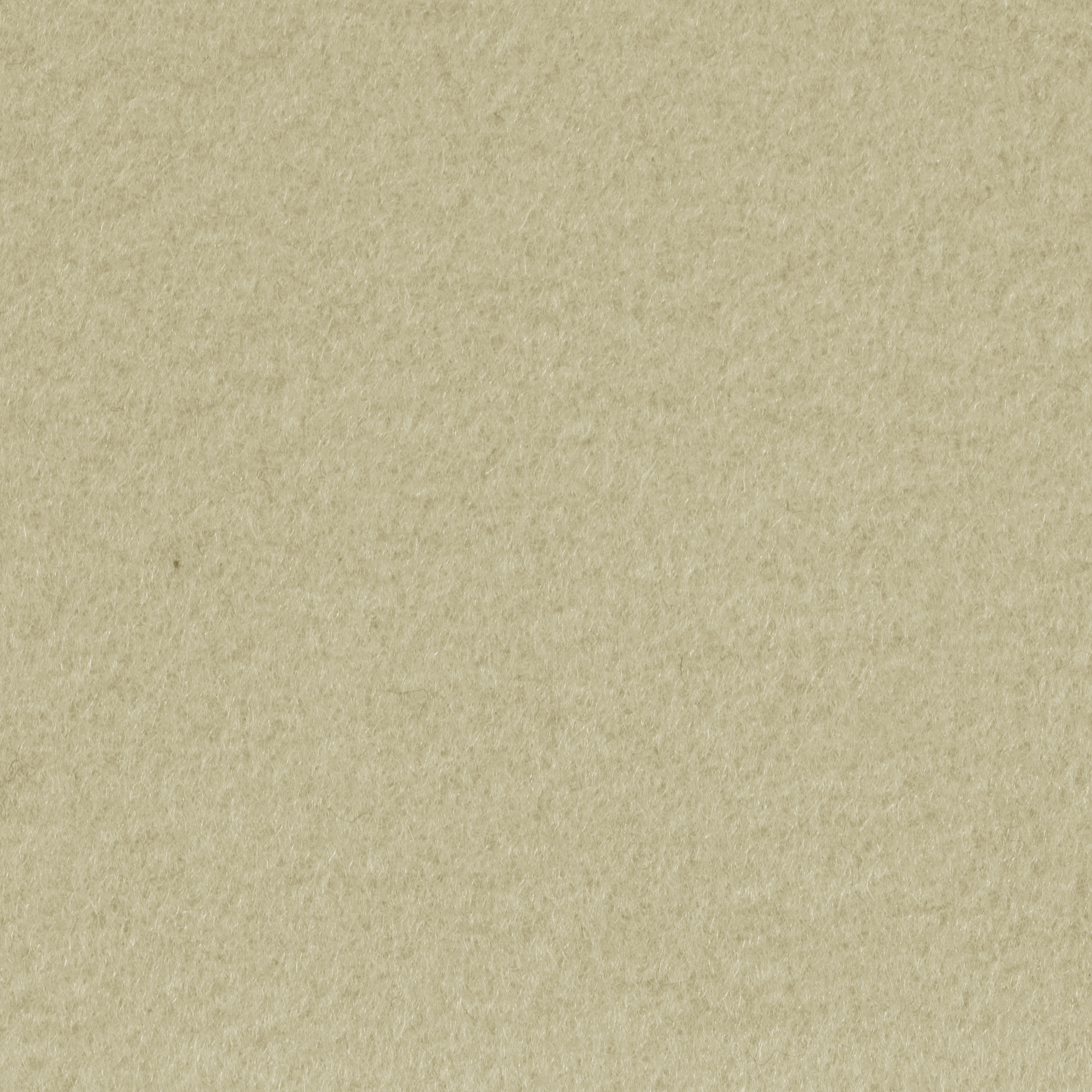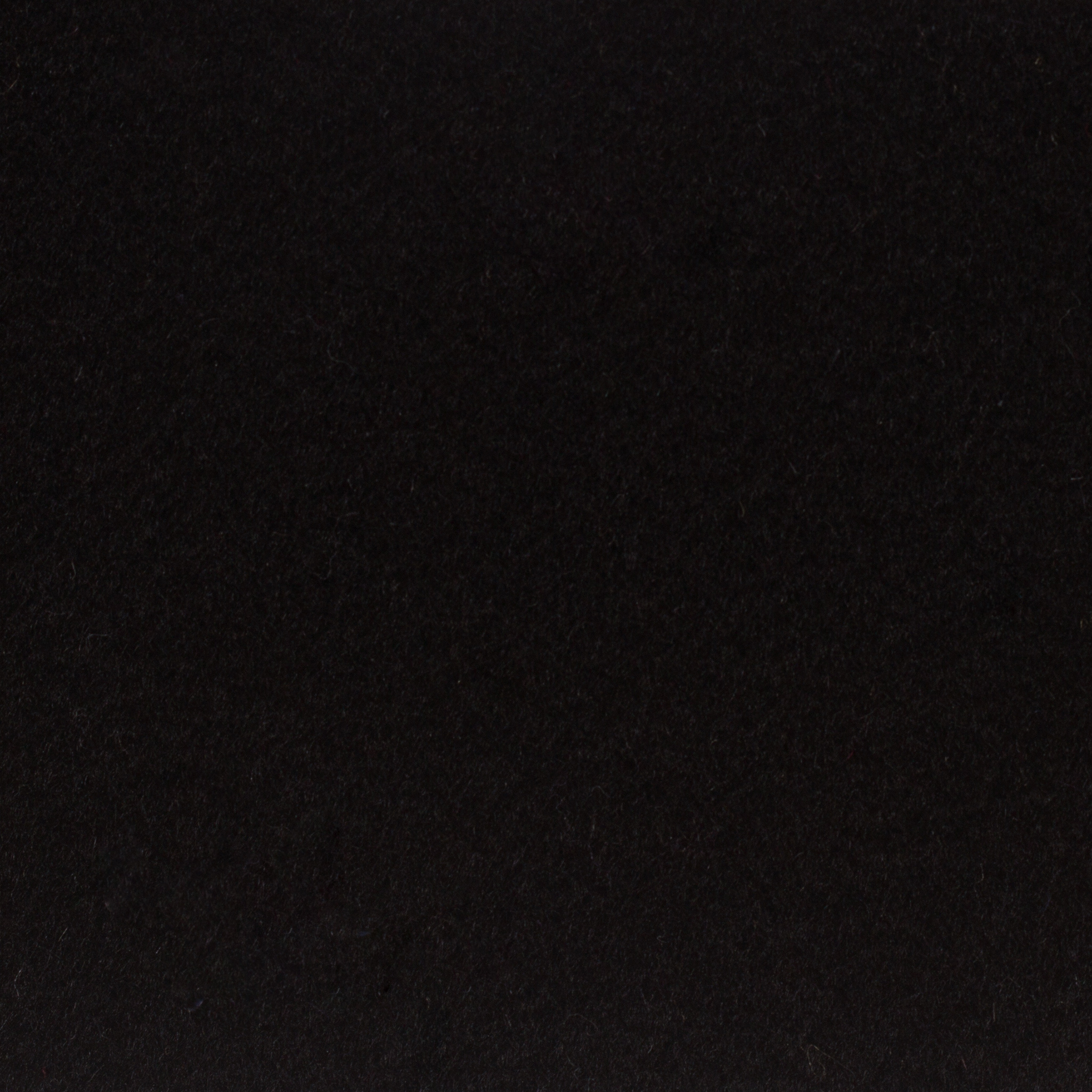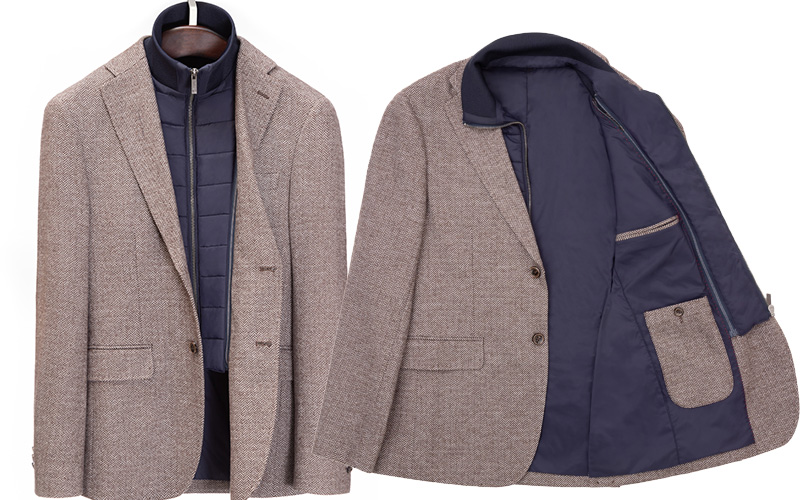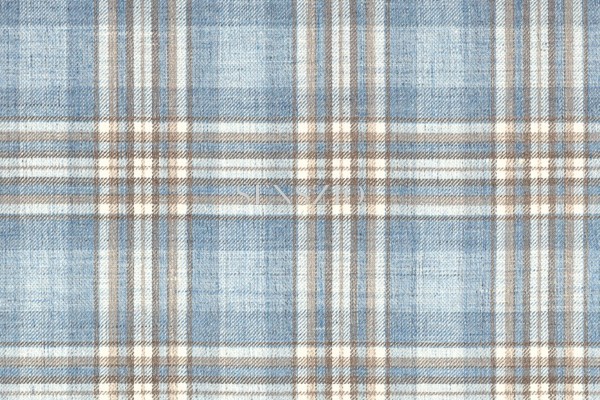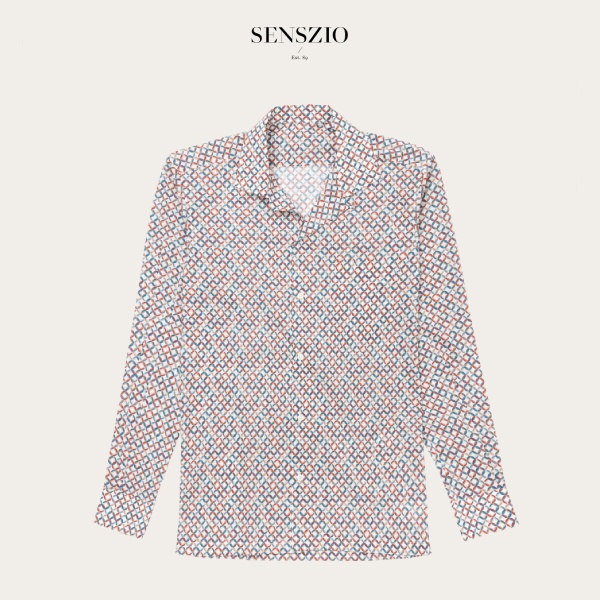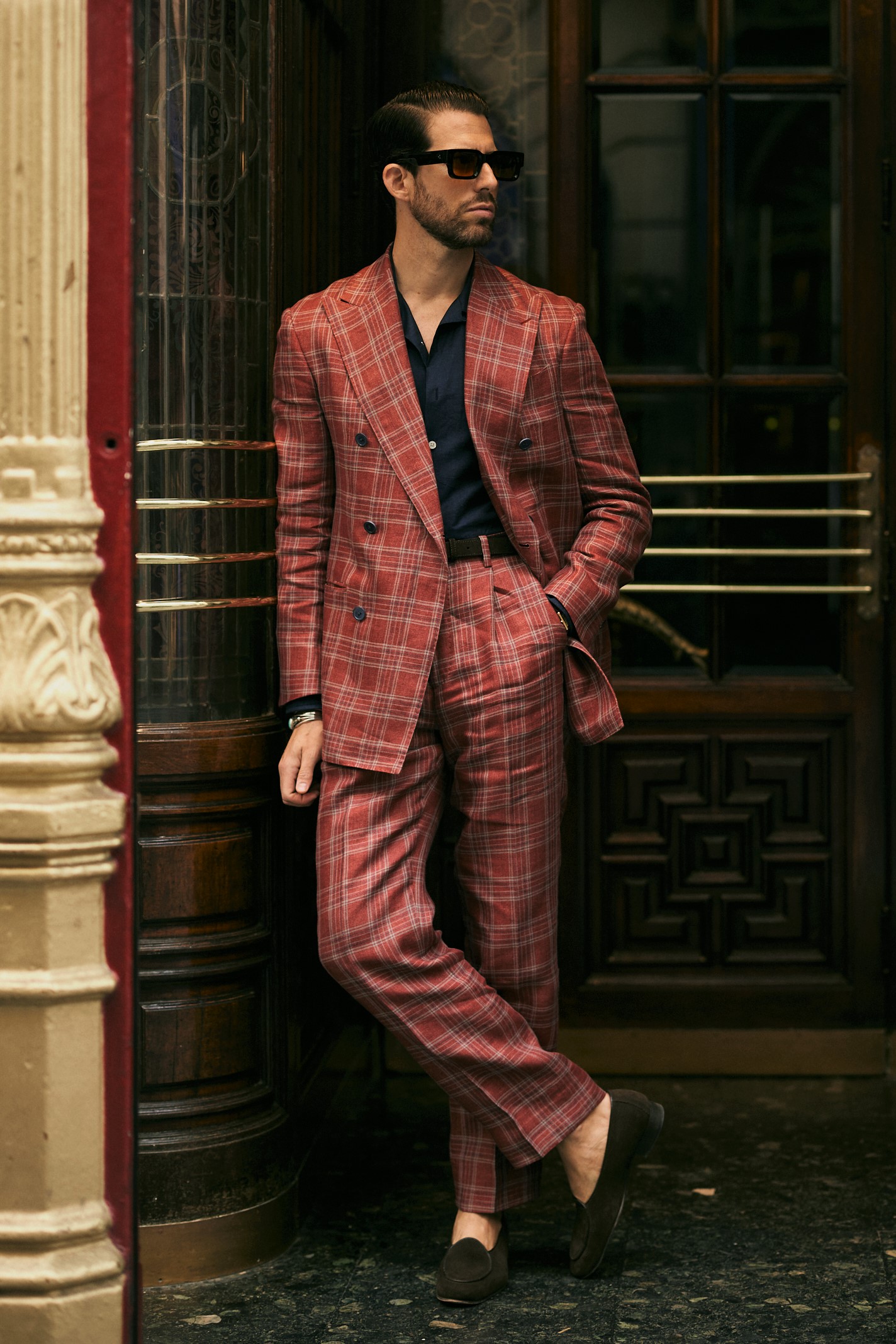Glossary of Tailoring Terms You Need To Understand | Senszio
The world of the gentleman’s tailor might seem a slightly arcane one to you. This is a place where terms such as rises, breaks and darts are bandied around with no concern for the client.
If you’re feeling left out, here’s your very own tailoring glossary: Senszio’s guide to 20 of the most popular tailoring and sewing terms used by bespoke tailors.
Why not book a fitting at a Senszio Trunk Show near you? Now that you know what we’re talking about, you’ll know exactly what to ask for.
Bottom
This is your preferred hem circumference around your trouser legs.
Break
The break refers to how much of the trousers touch your shoes. Opt for no break at all and your trousers will just skim the top of your shoes, while a full break involves one full fold over the shoe.
Bring Up
Bringing up refers to shortening the length here or there.
Cuffs
Cuffs are the folds that your tailor builds in at the end of your trouser legs. This is a much more traditional look than non-cuffed pants. They go well with pleated trousers. For slim-fit trousers, go for the uncuffed look. A good tailor will ask if you want cuffs or not.
Darts
You can add shape and dimension to a garment with darts. These are pieces of fabric that are overlapped/folded over and sewn. Your tailor can add these when your clothing fits well, but when you want a more-defined shape without any cutting. This is optional for shirts but compulsory for jackets.
Garment-Washed
Garment-washing means post-production washing. It softens the material and color, and fades the seams and edges. Importantly, the garments are made a little on the large size, and the garment-washing allows the size to be adjusted to your true size to avoid any future possible shrinkage.
Hem
The hem is the edge of your fabric. It must be sewn to stop it unraveling. Suit trousers generally come unhemmed so that the tailor can supply a custom fit.
Hindarm seam
This is the seam that runs down the back of the arm. The forearm seam goes down the front. This is where the jacket fabric joins and where the jacket arms can be adjusted if you want a slimmer fit.
Inseam
The inseam is the seam binding the trouser leg. It also measures the length from lower ankle to crotch bottom. This is the measurement normally referred to as inside leg.
Overweaving
Overweaving fixes small holes with fabric taken from other parts of the suit. It gets woven together for near-invisible mending.
Reweaving
This process mends tears by weaving individual threads into the original cloth. It can achieve an invisible mend.
Rise
The rise is the gap between the inseam and outseam lengths on a pair of trousers. If you’re shorter, it’s best to consider a higher rise on your pants to add height.
Scye
The scye is the hole in the jacket where your arm enters the sleeve. It’s one of the key measurements tailors take.
Seat
The seat is the hip measurement at the widest point.
Silhouette
The silhouette refers to the overall look of a suit. It describes the impression a suit gives based on its outline.
Skirt
This is the material on a jacket that overlaps the trousers. This has come up slightly in modern times to accommodate the fashionable slimmer fit. Shorter skirts are better for men who lack height, as they give the impression of longer legs.
Suppress
This is when the tailor cinches or tapers the jacket at the waist so that your torso’s V-shape is highlighted.
Take in
This is another way of saying ‘suppress’ the waist. Fabric is removed at the seams on each side of the jacket (or shirt).
Taper
When something gets tapered, it gets narrowed. That could be the trouser leg, a jacket waist or a jacket sleeve.
Vent
The vent is the slit you see at the back of your suit jacket. A single center vent is the traditional look but double vents are more popular these days as they allow for a better fitting. If you have no vents, ask your tailor to add them to help with mobility. Tuxedo jackets traditionally have a centre vent, or none at all.
Working buttons
Working, or functional, buttons are buttons for jackets that actually fasten (and therefore do a job). Decorative buttons are just for show.
